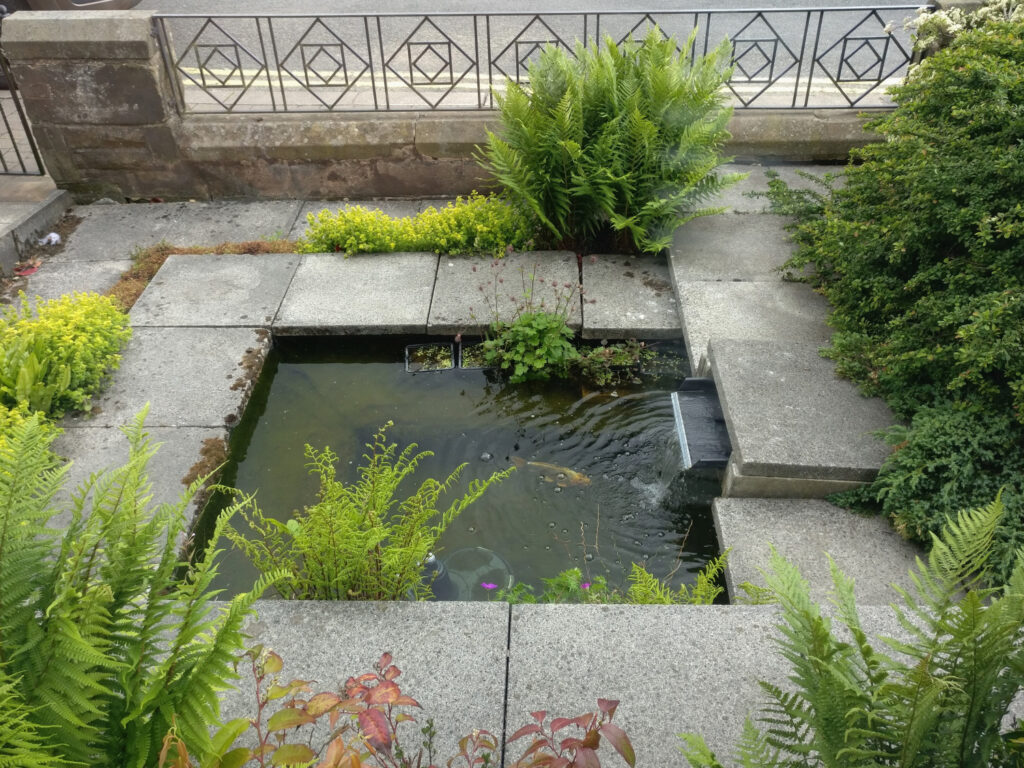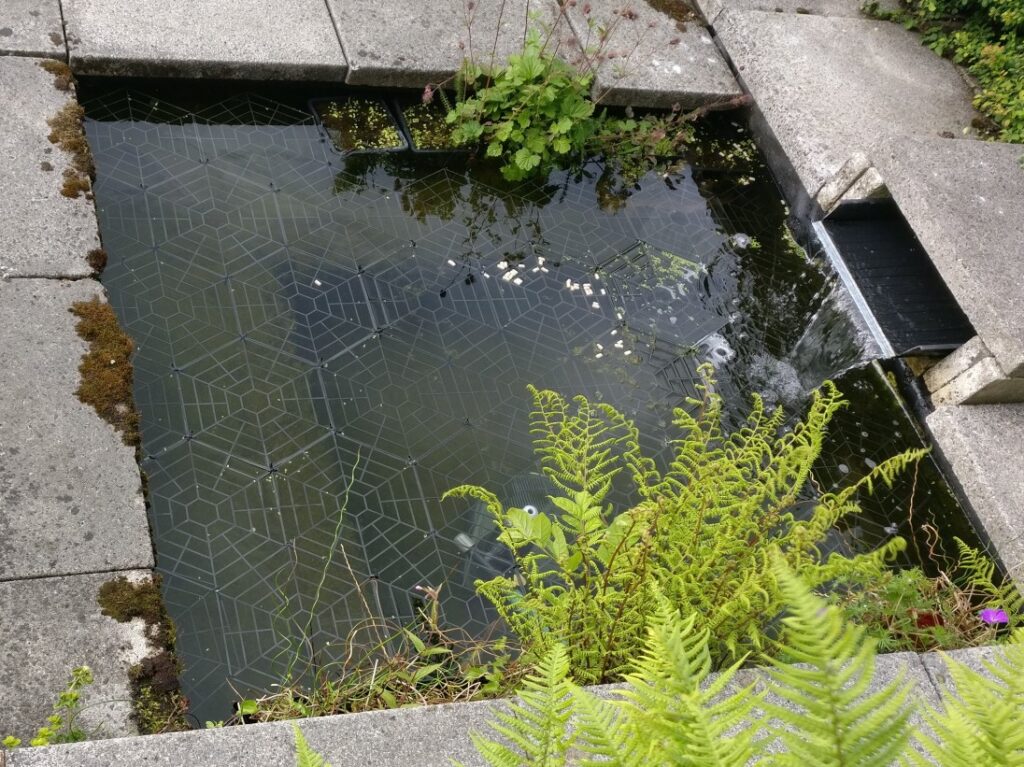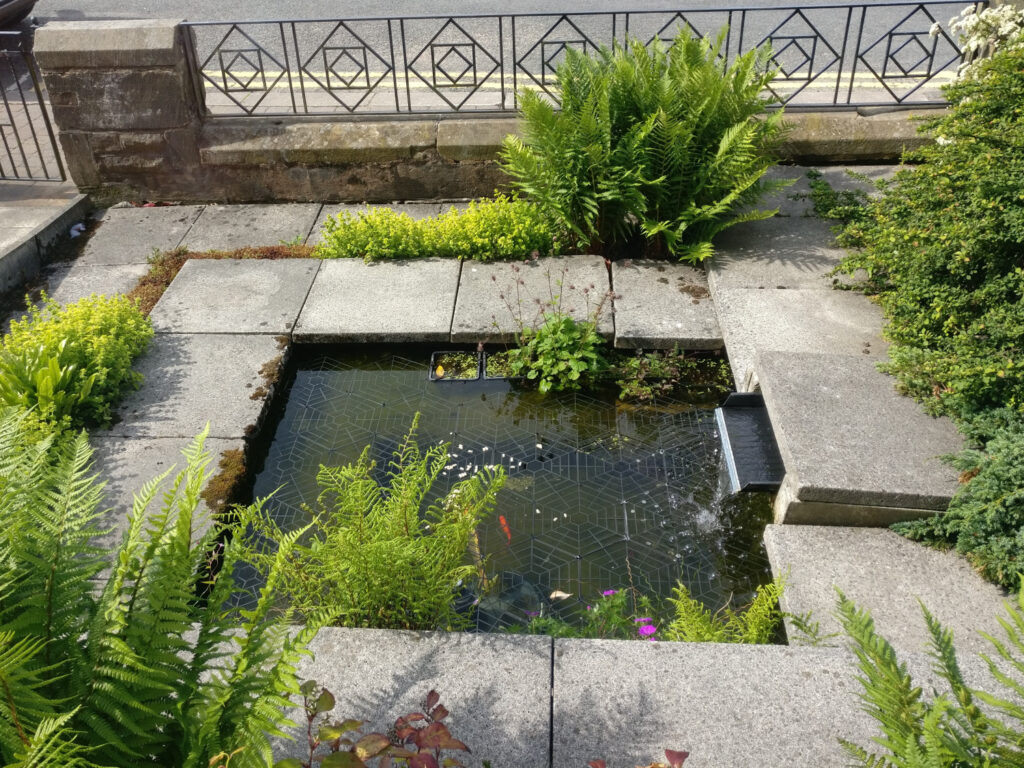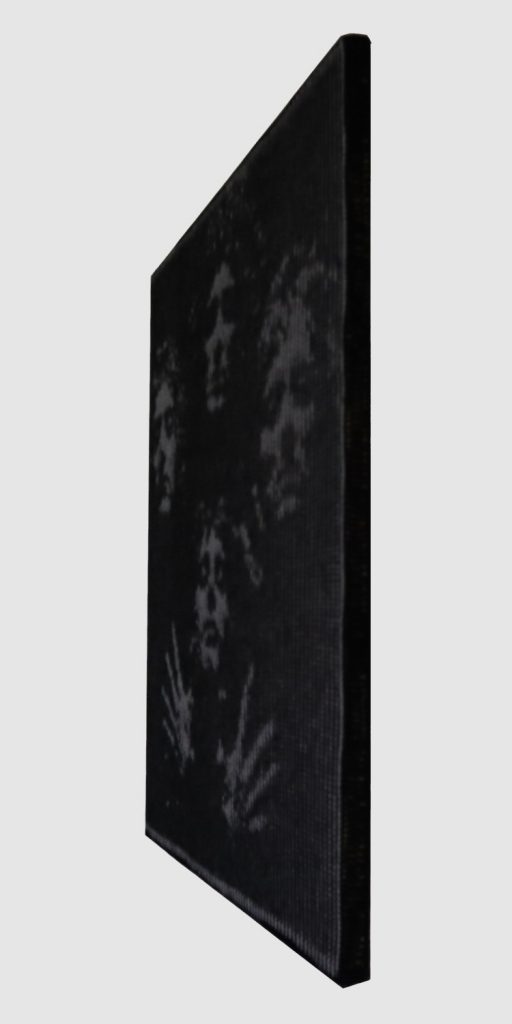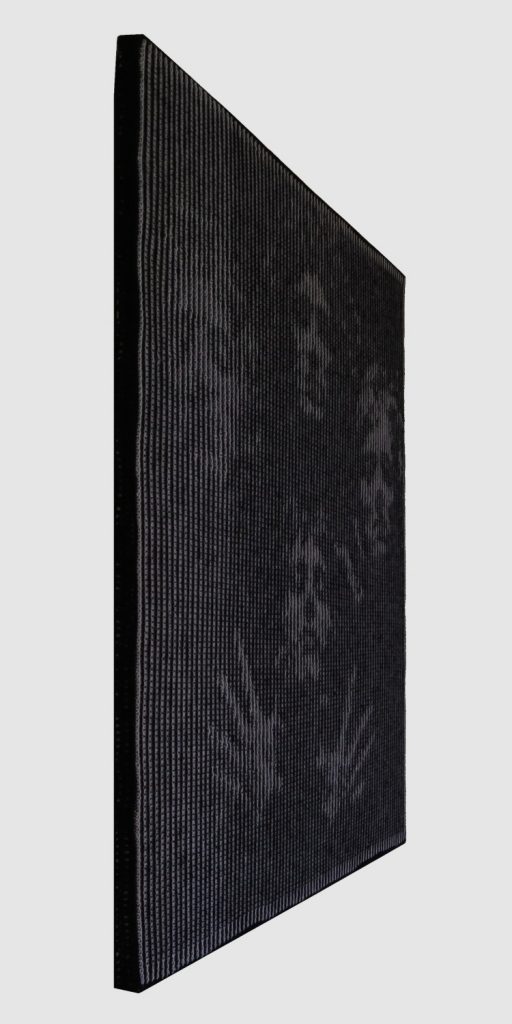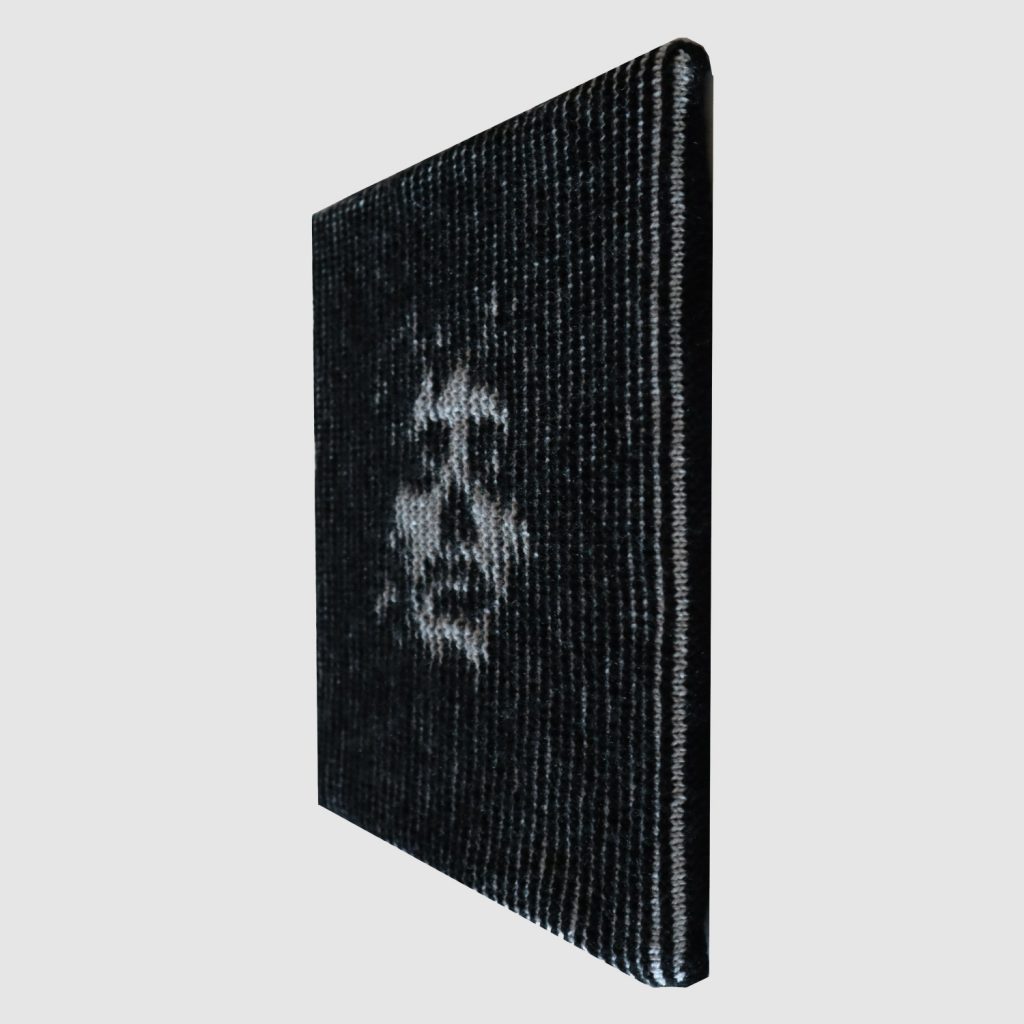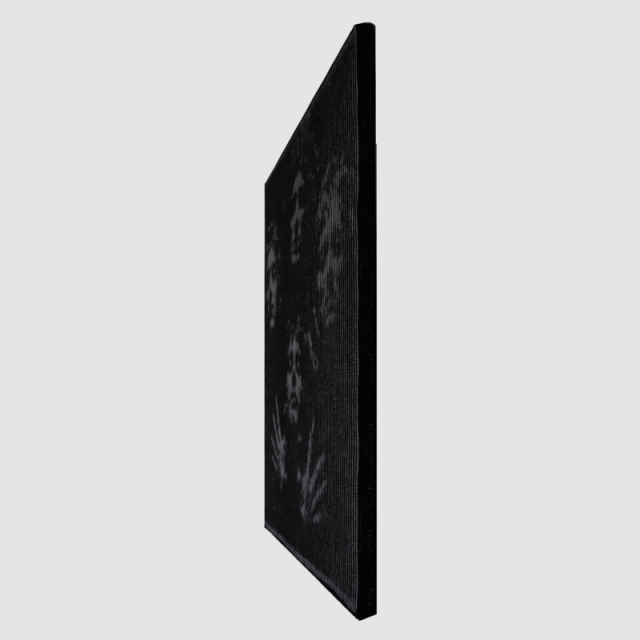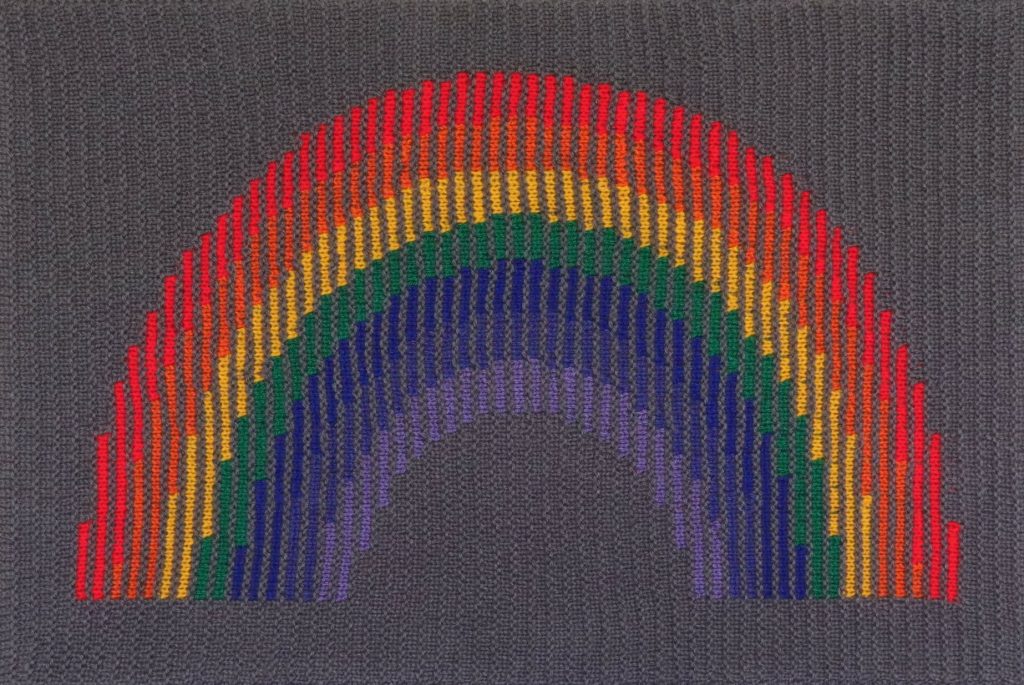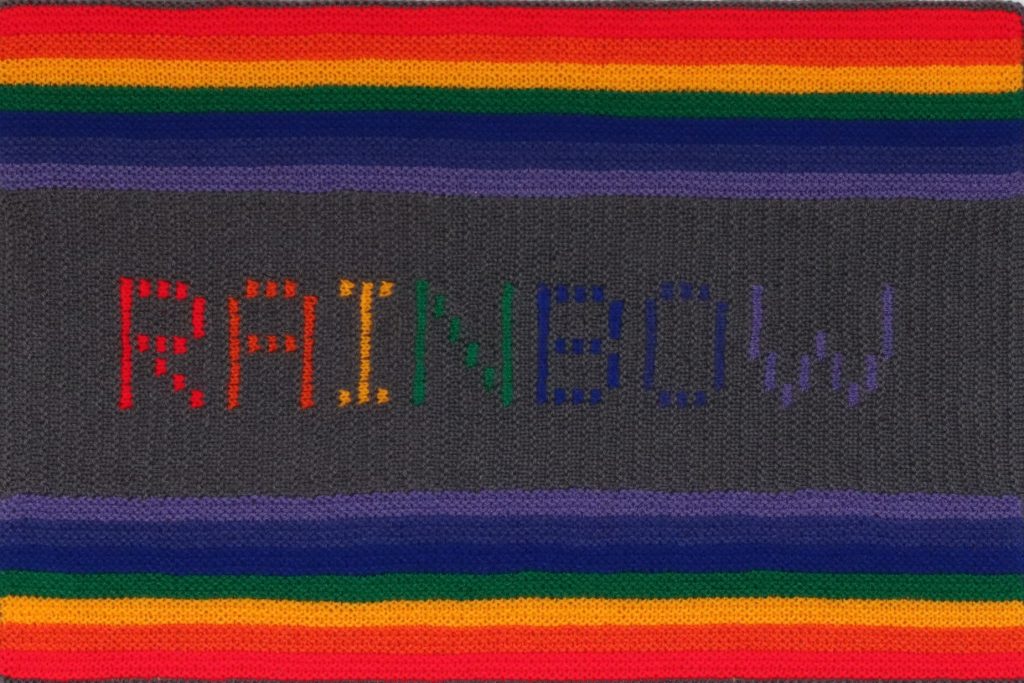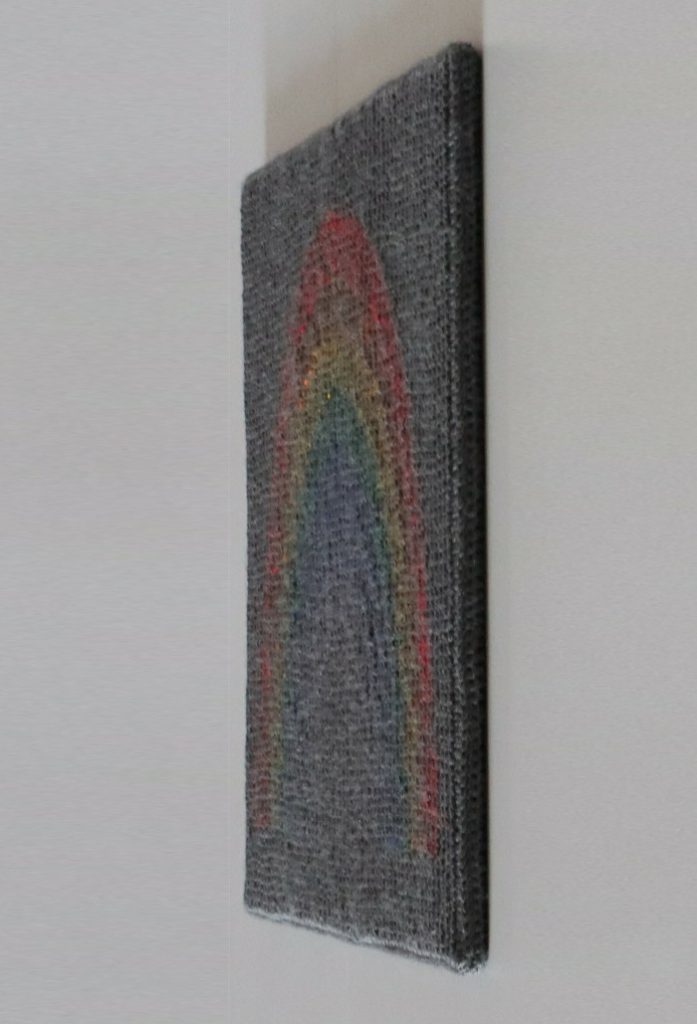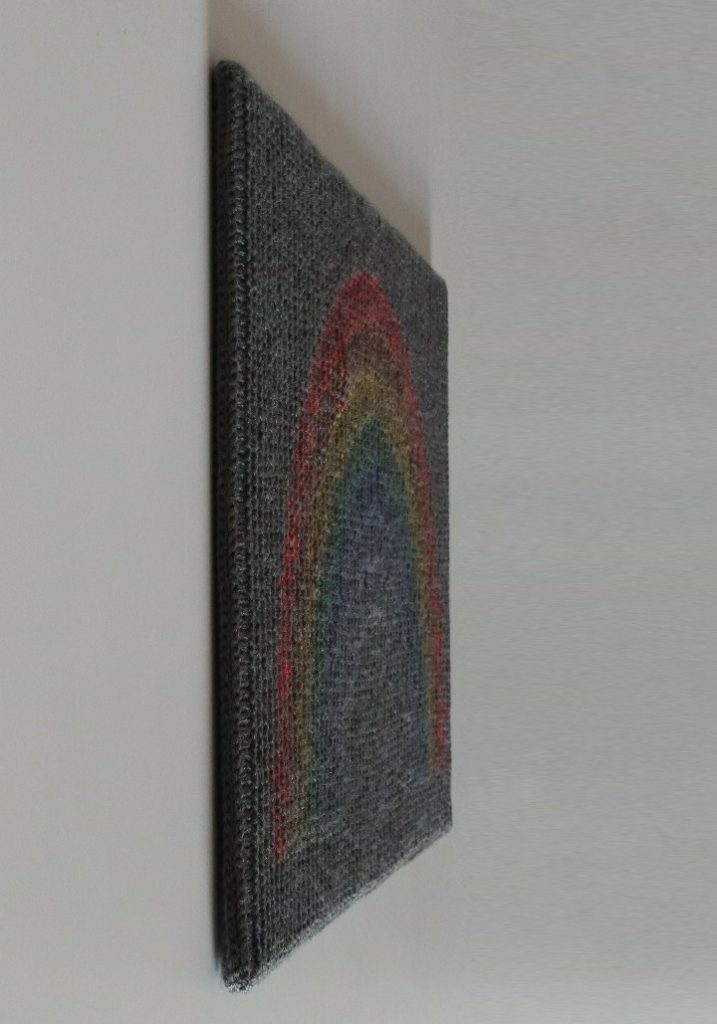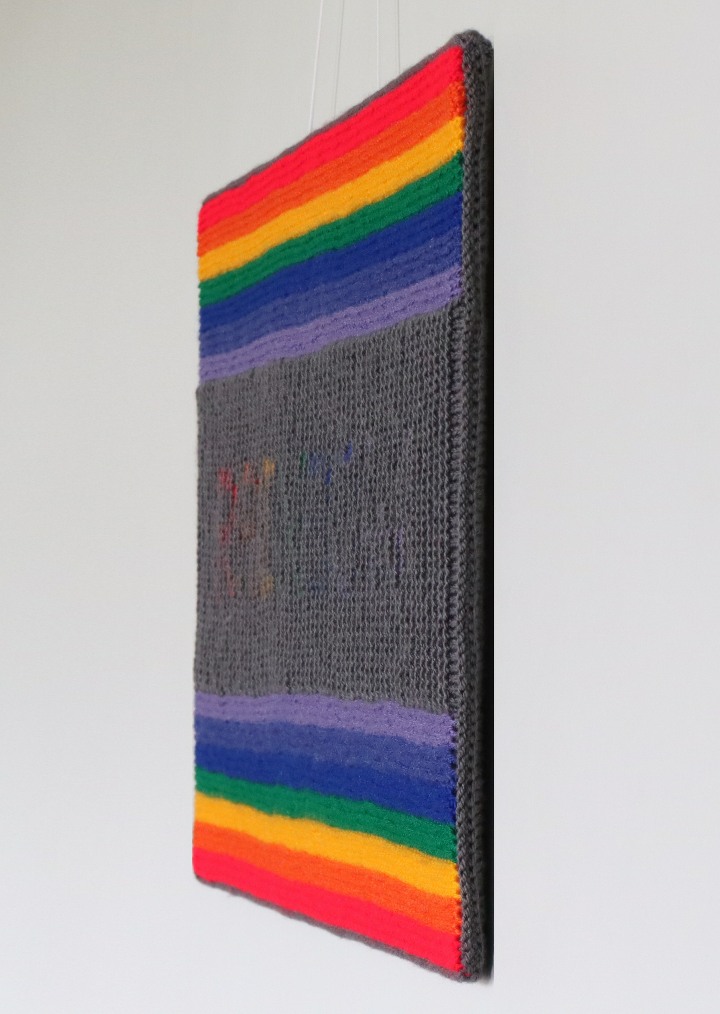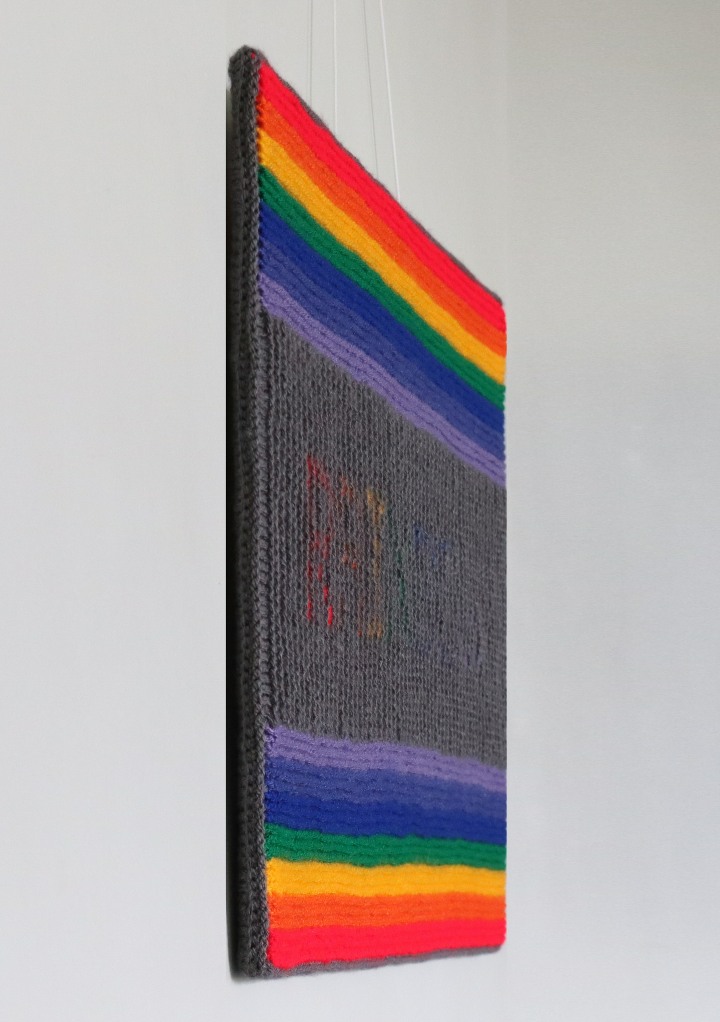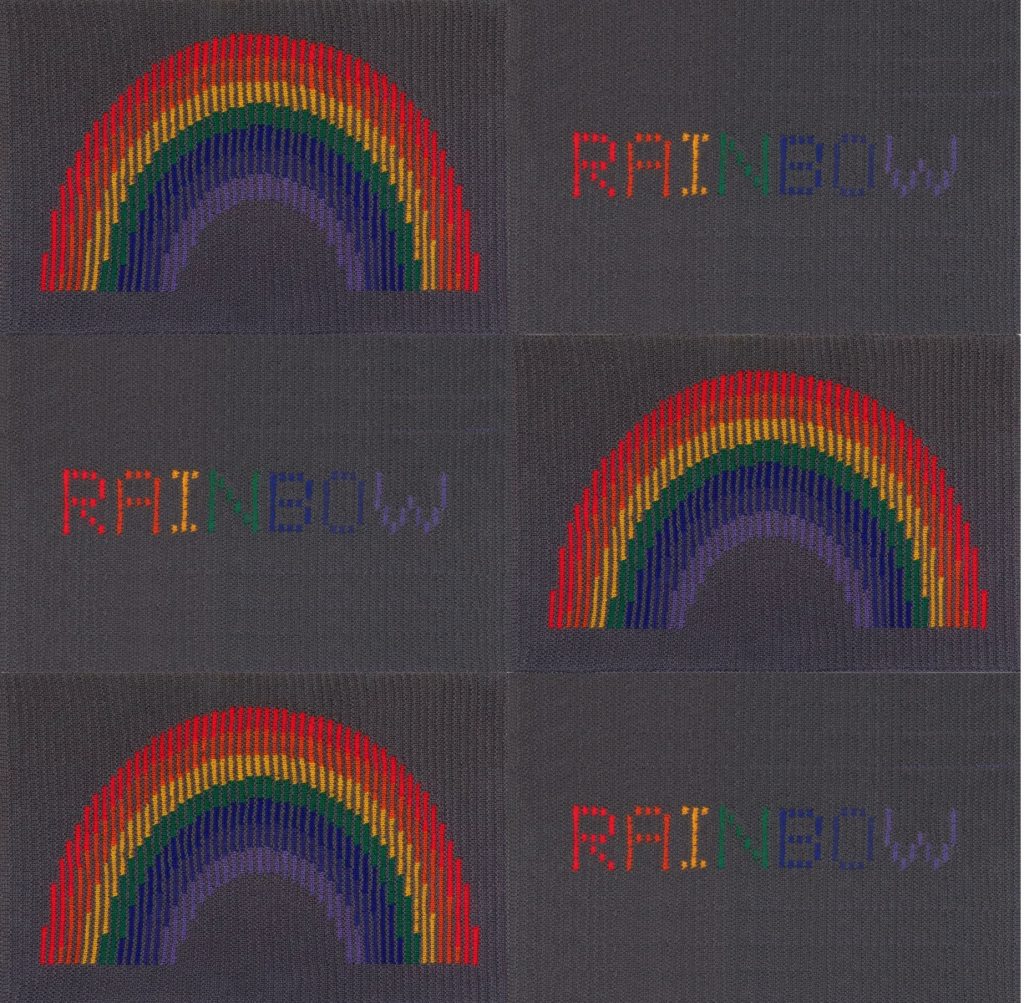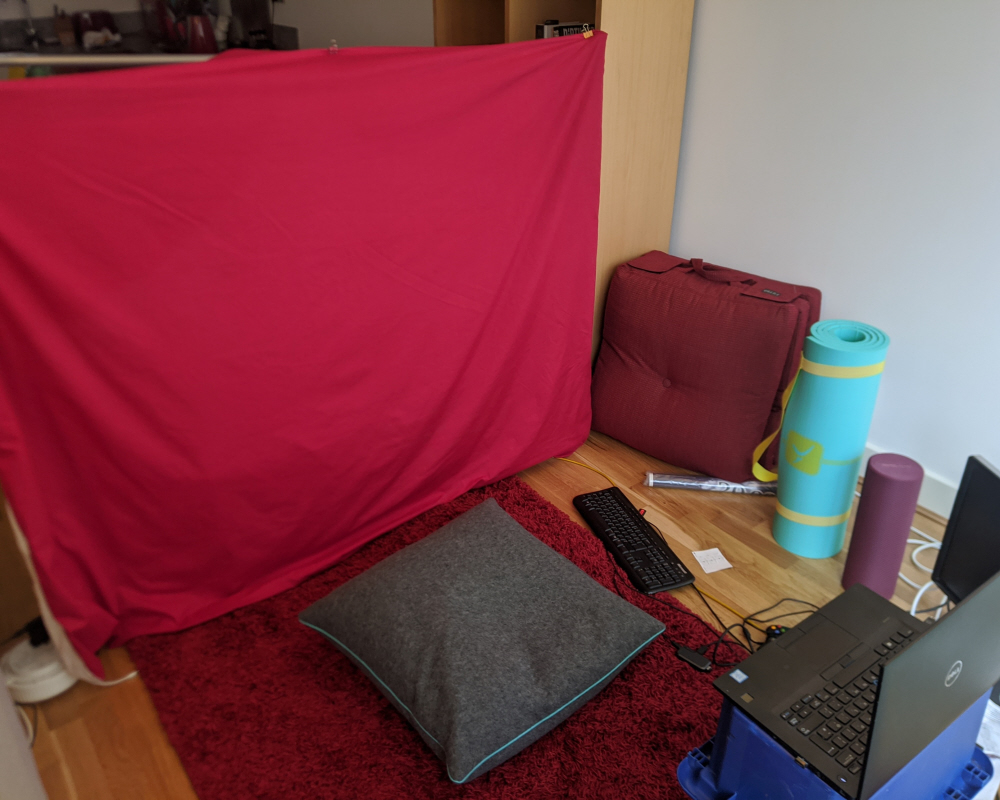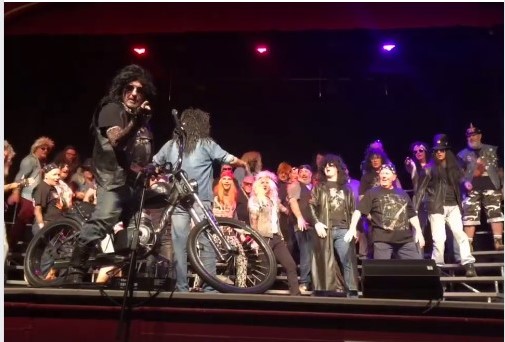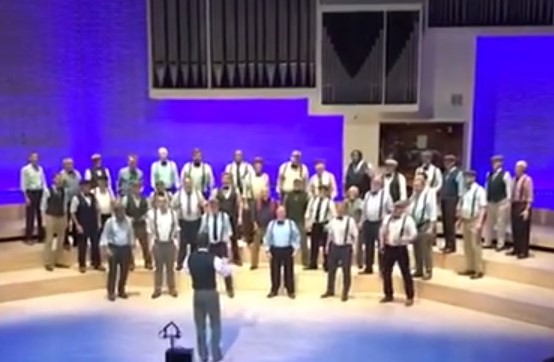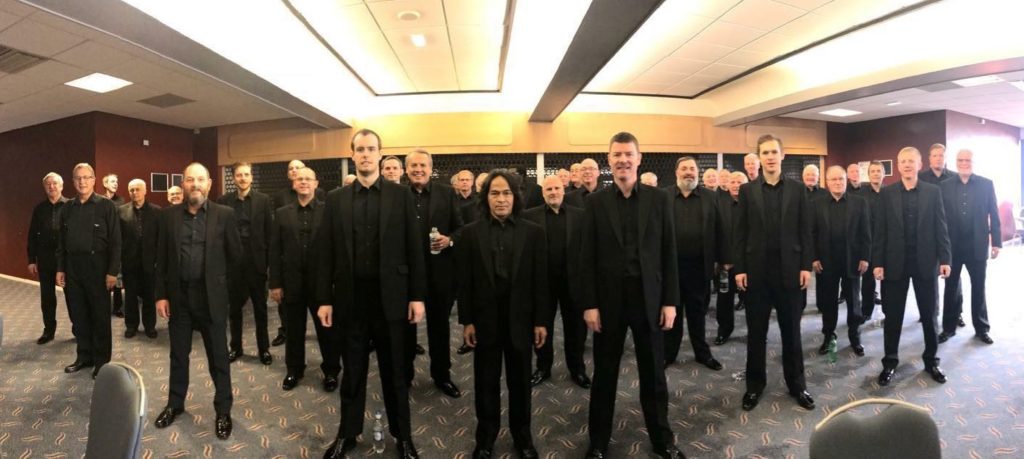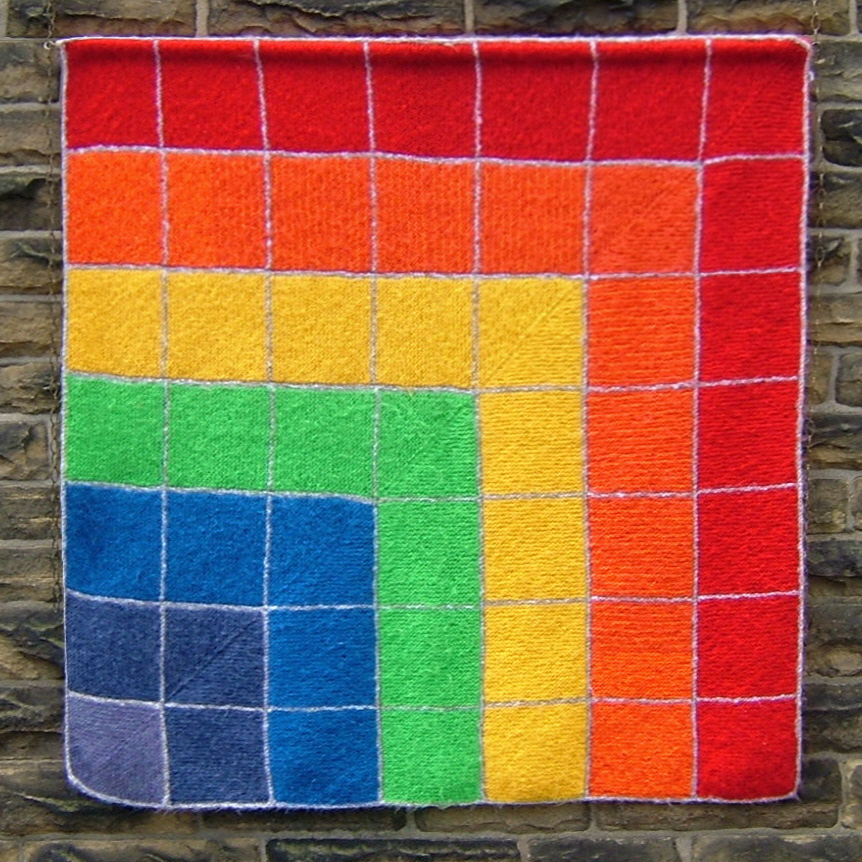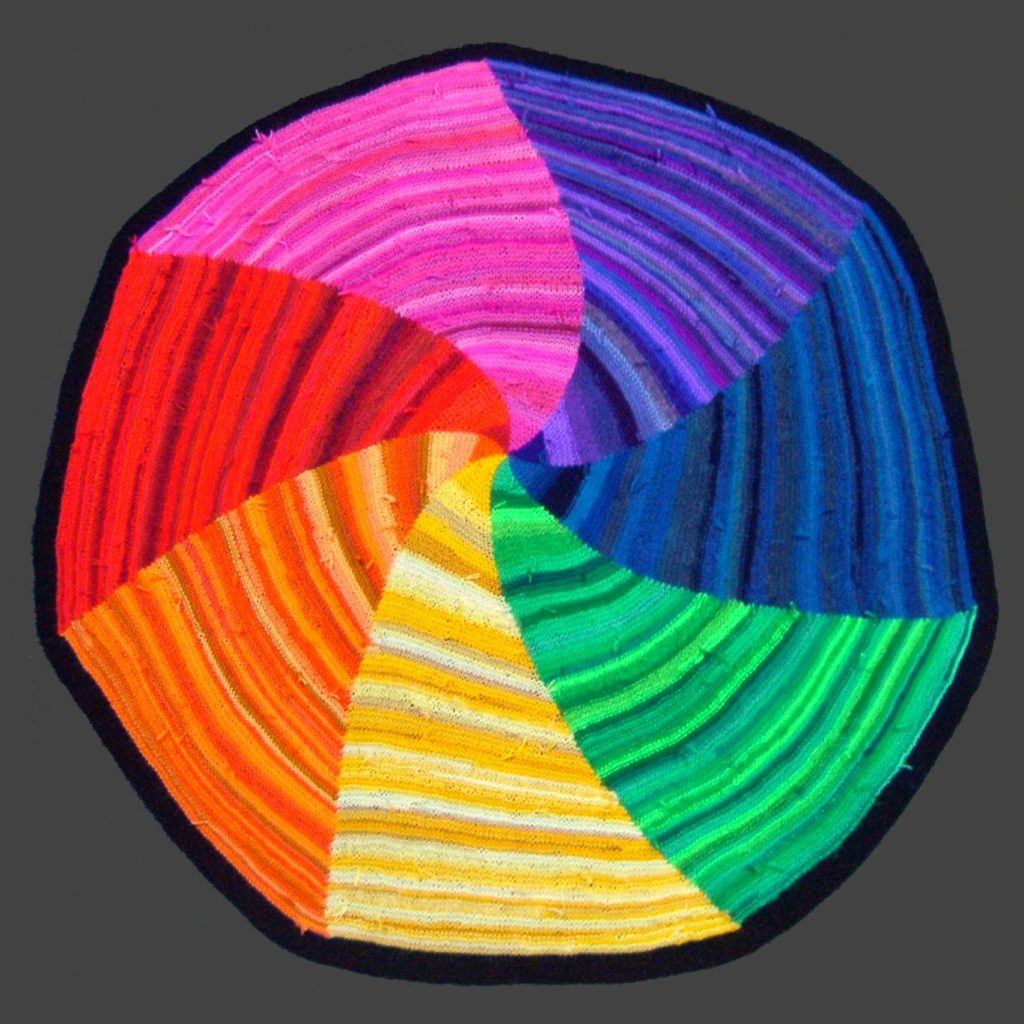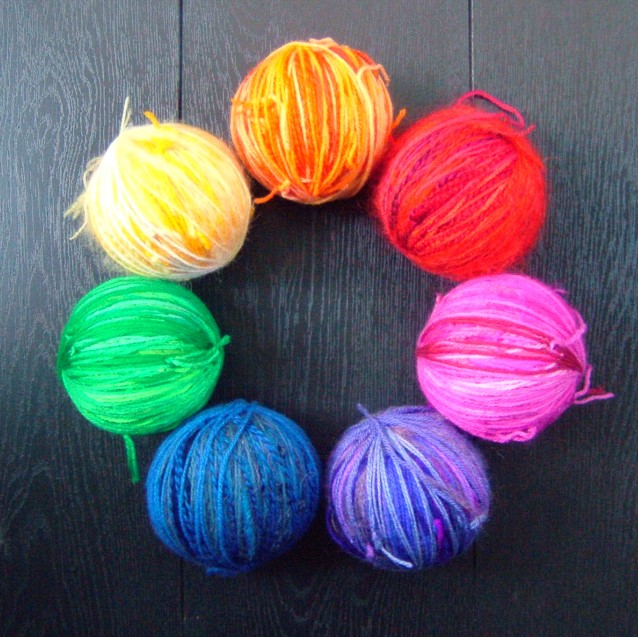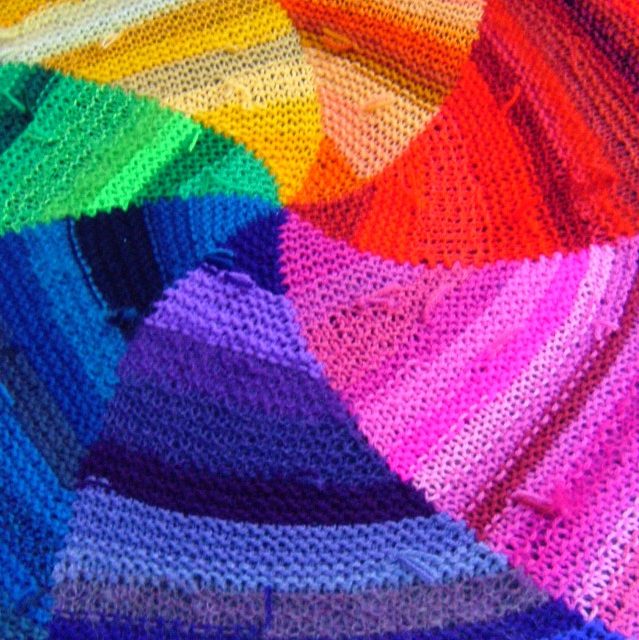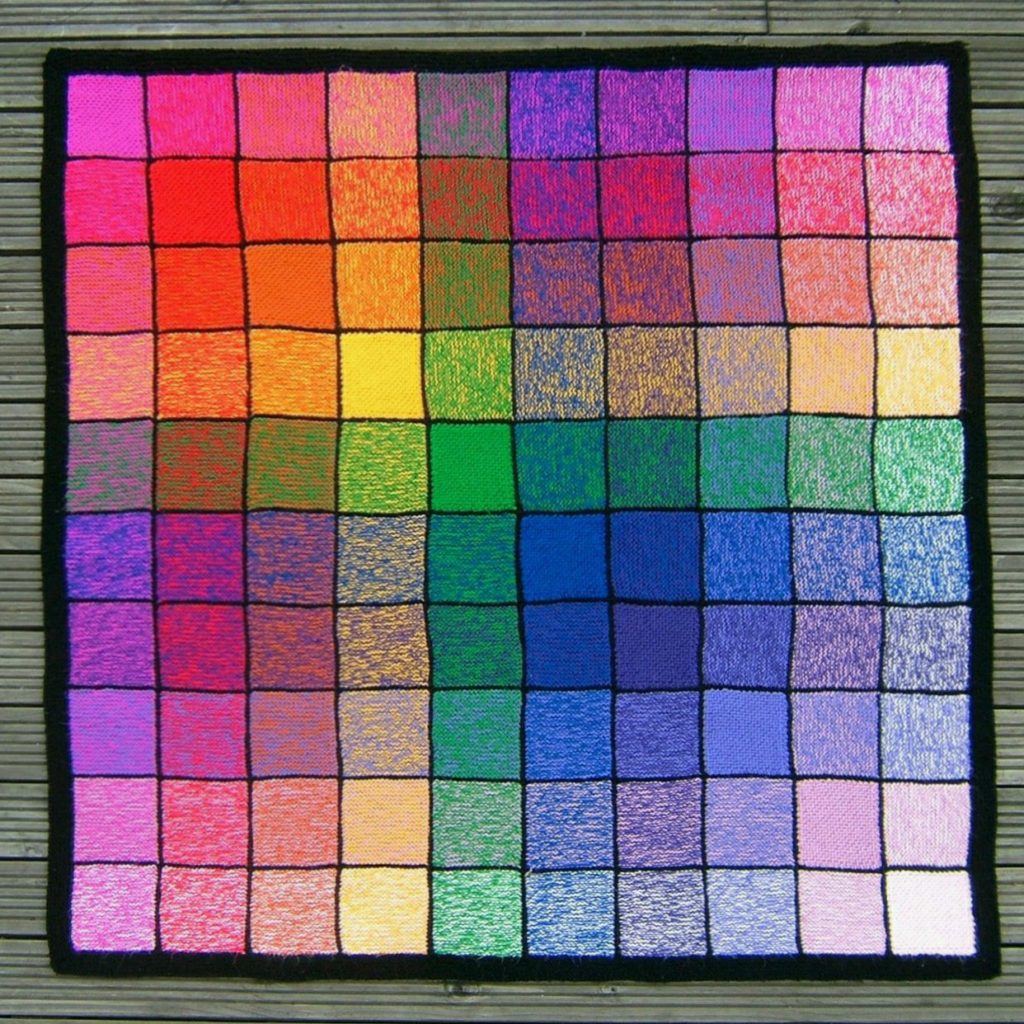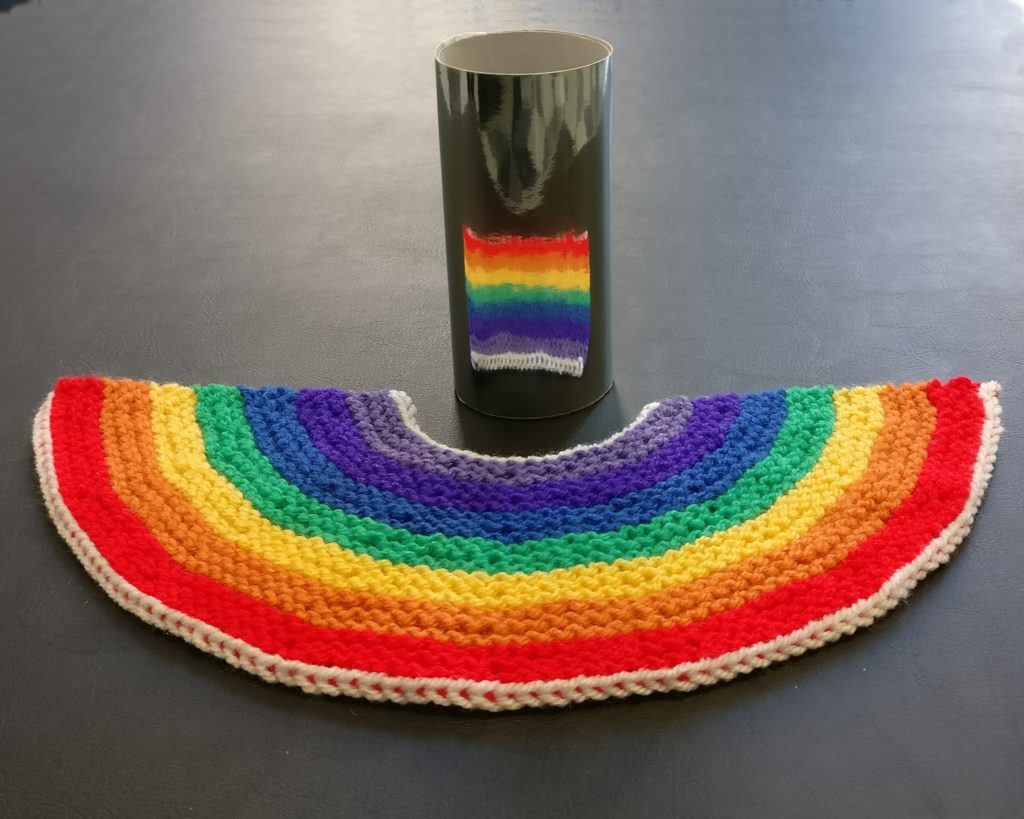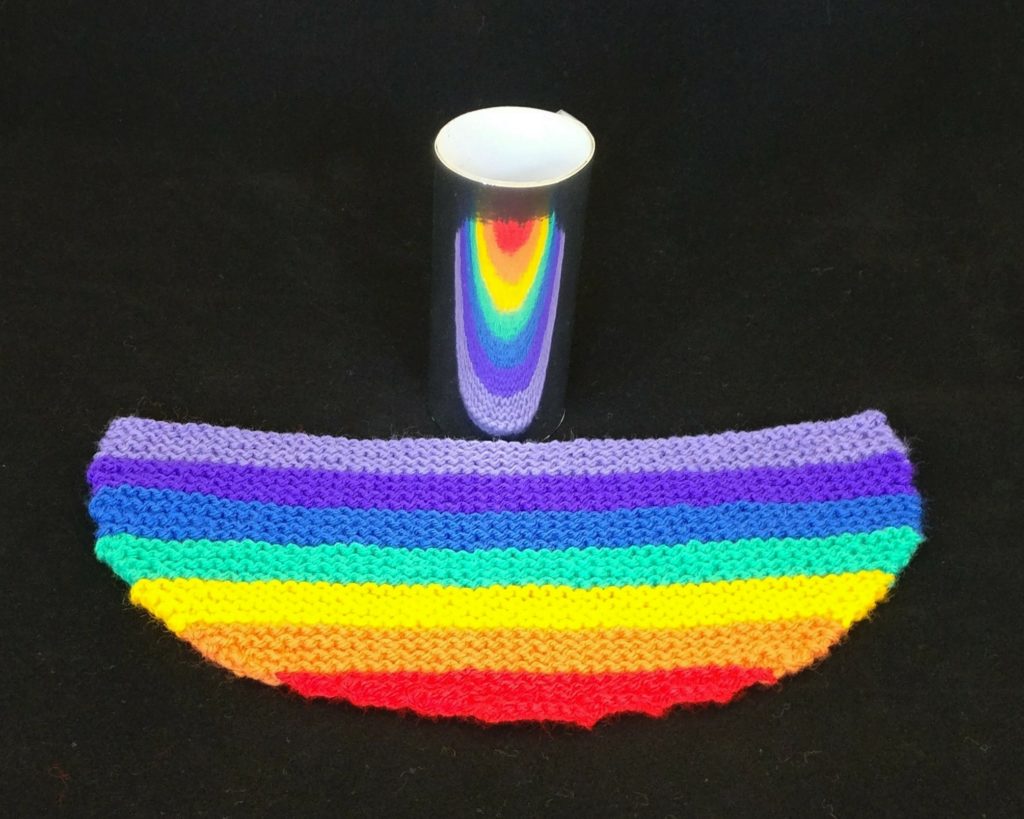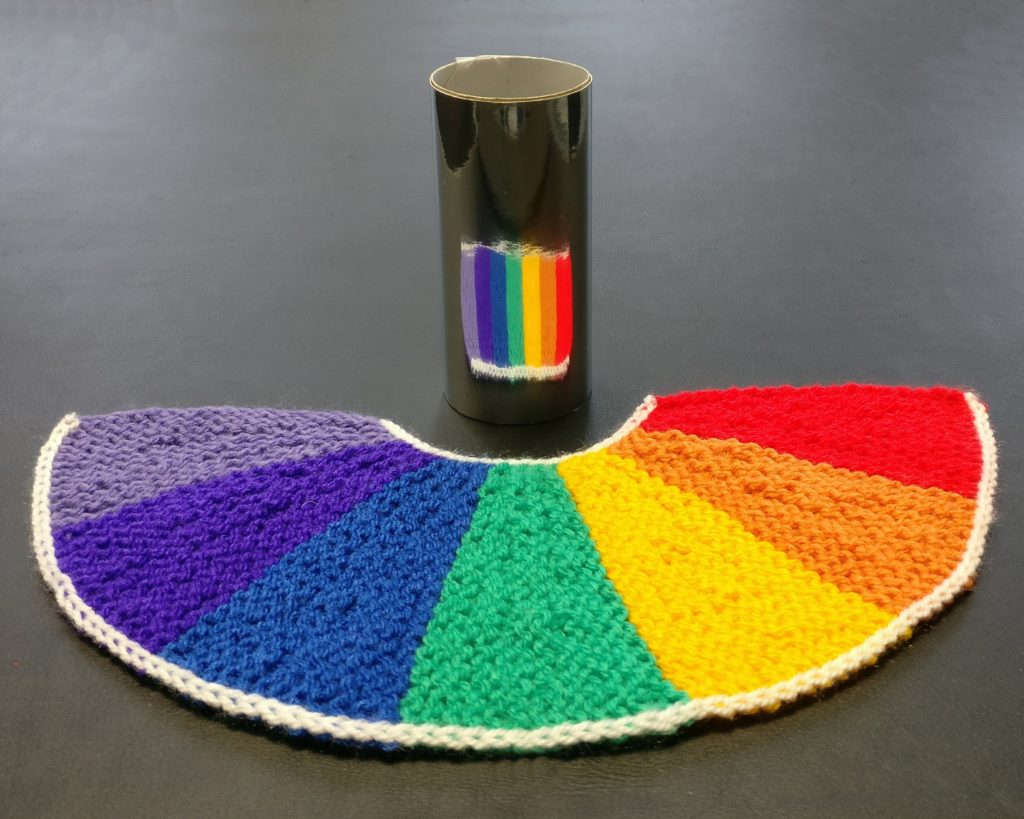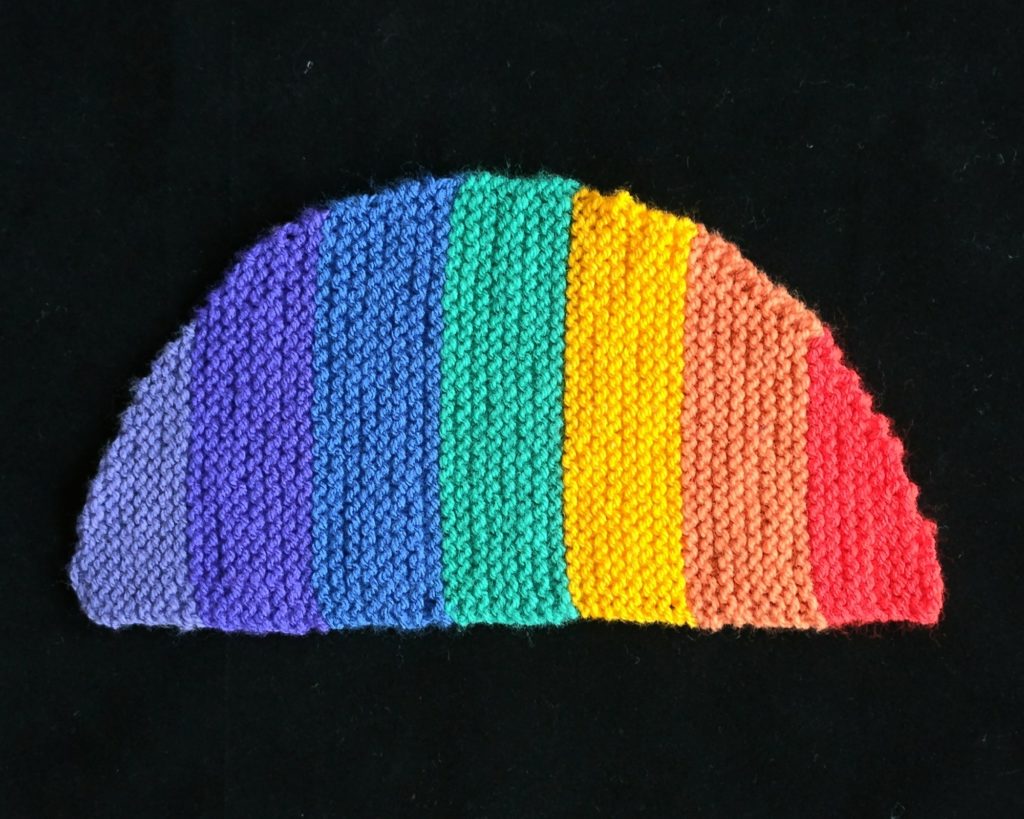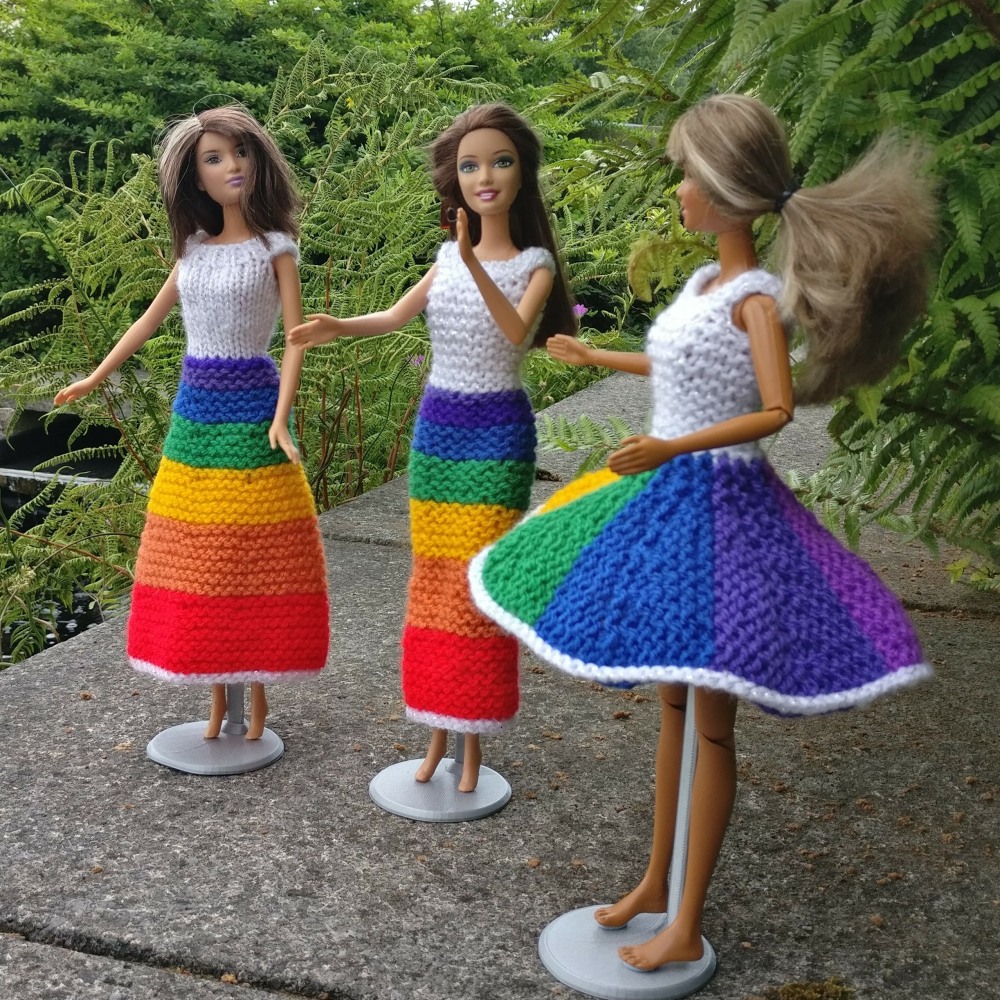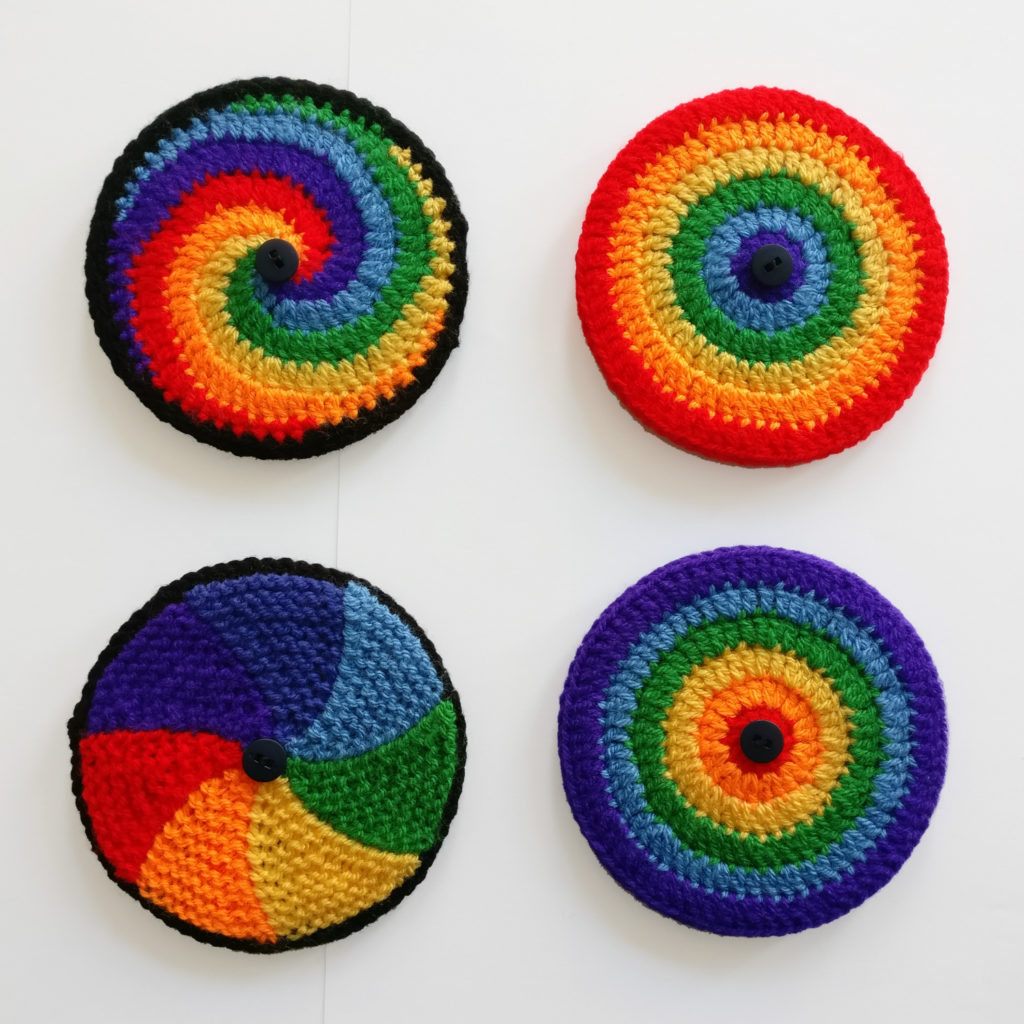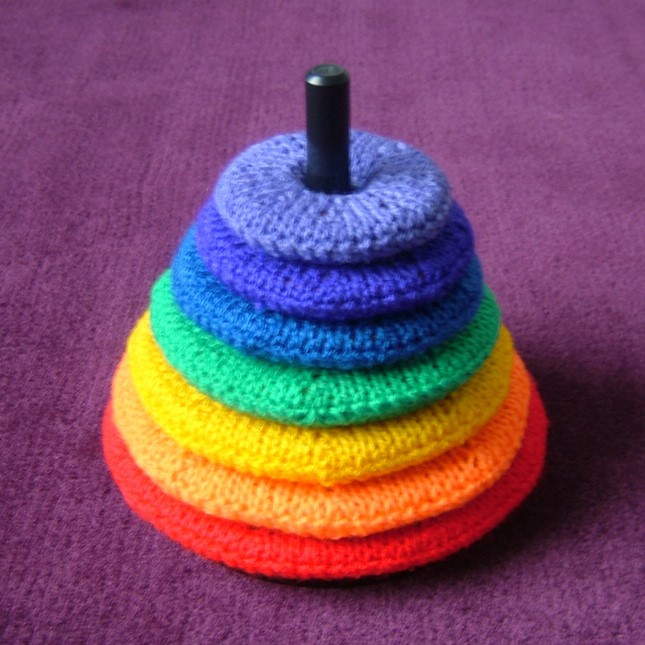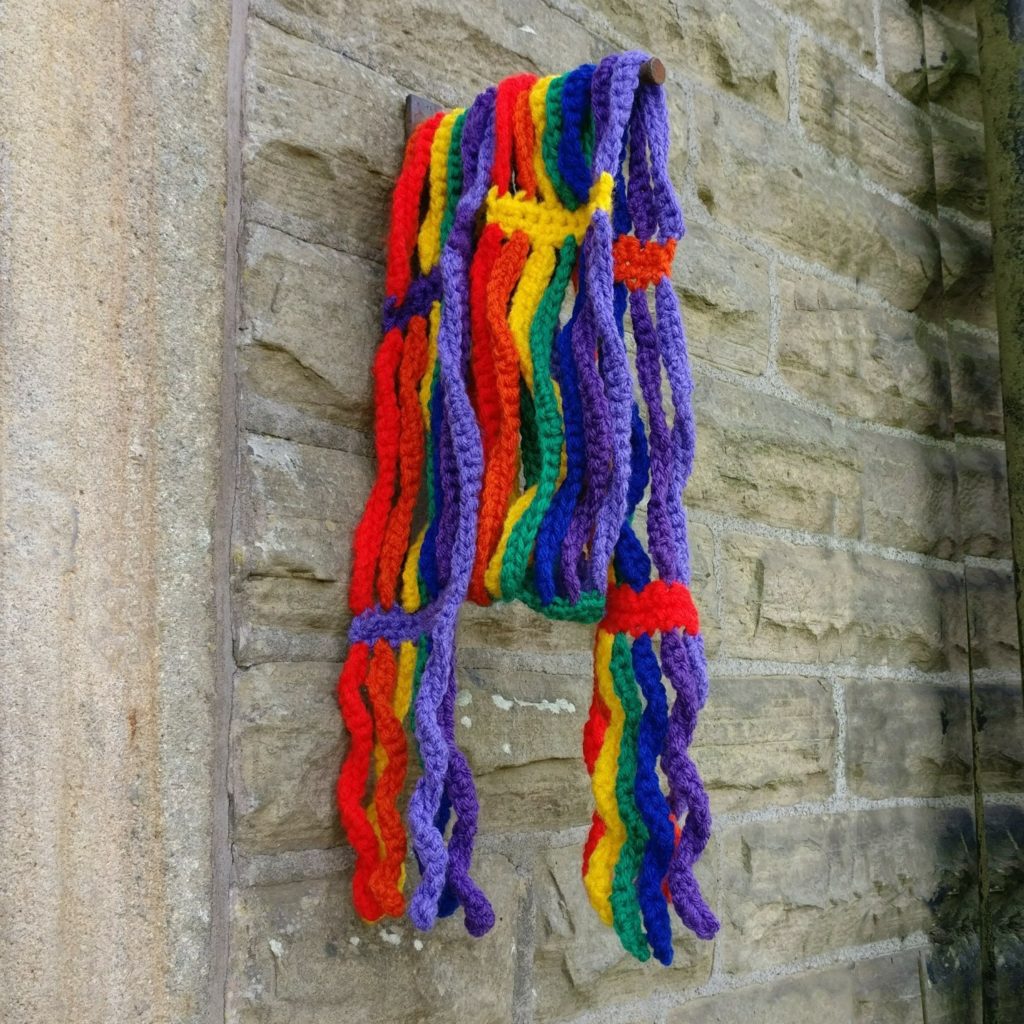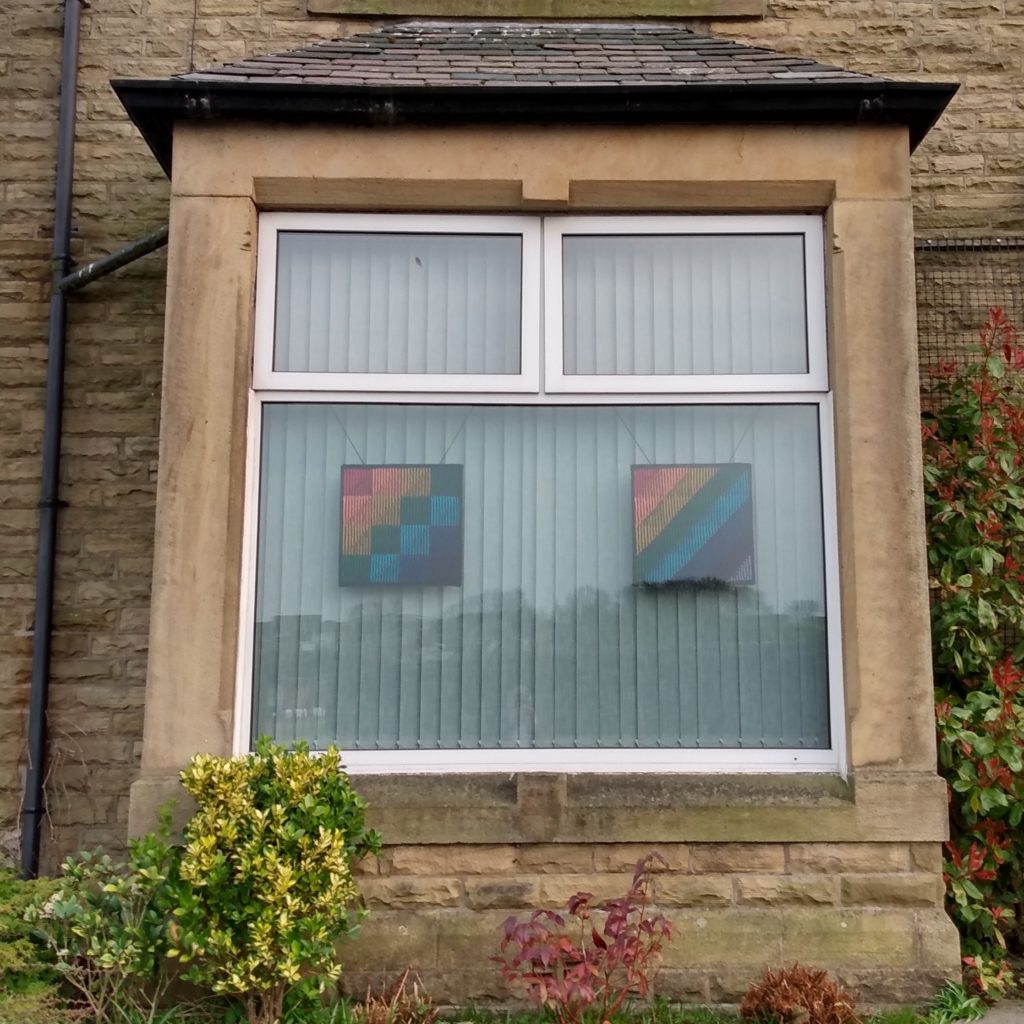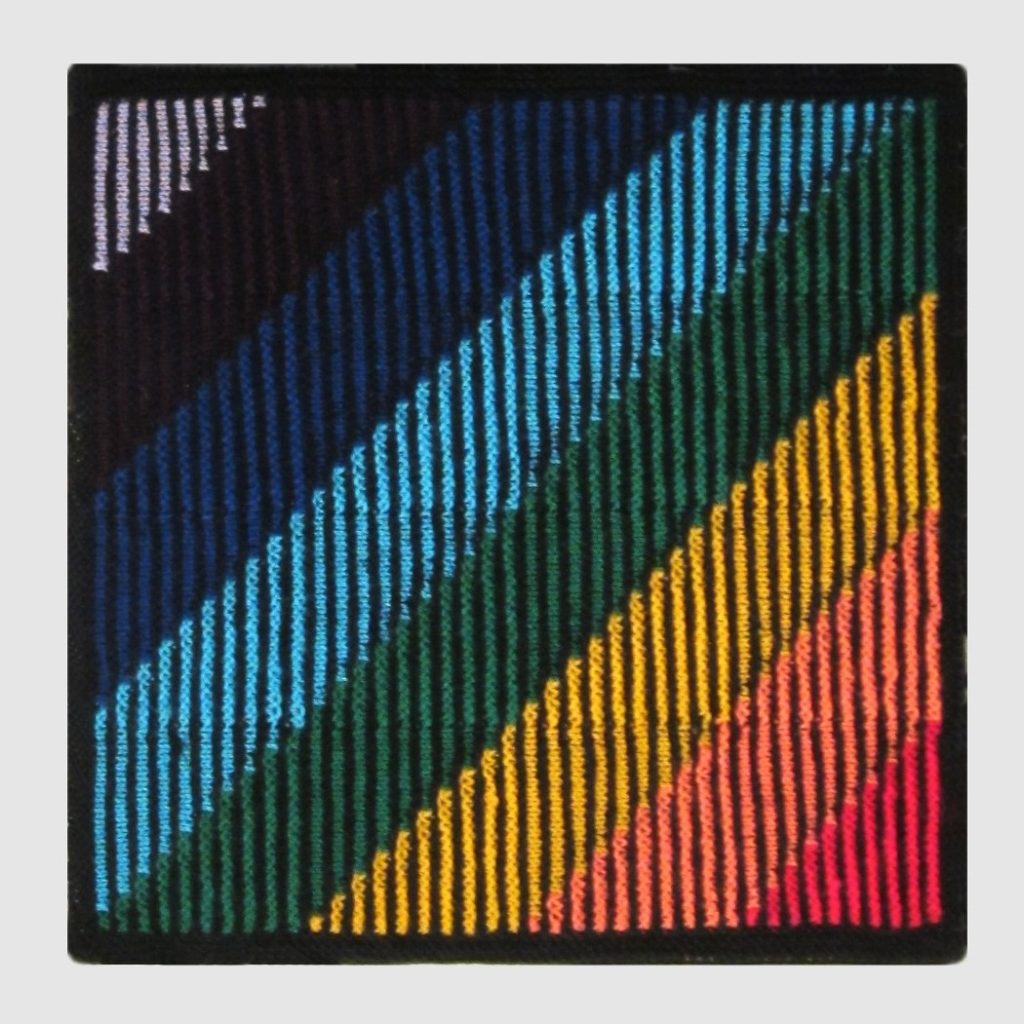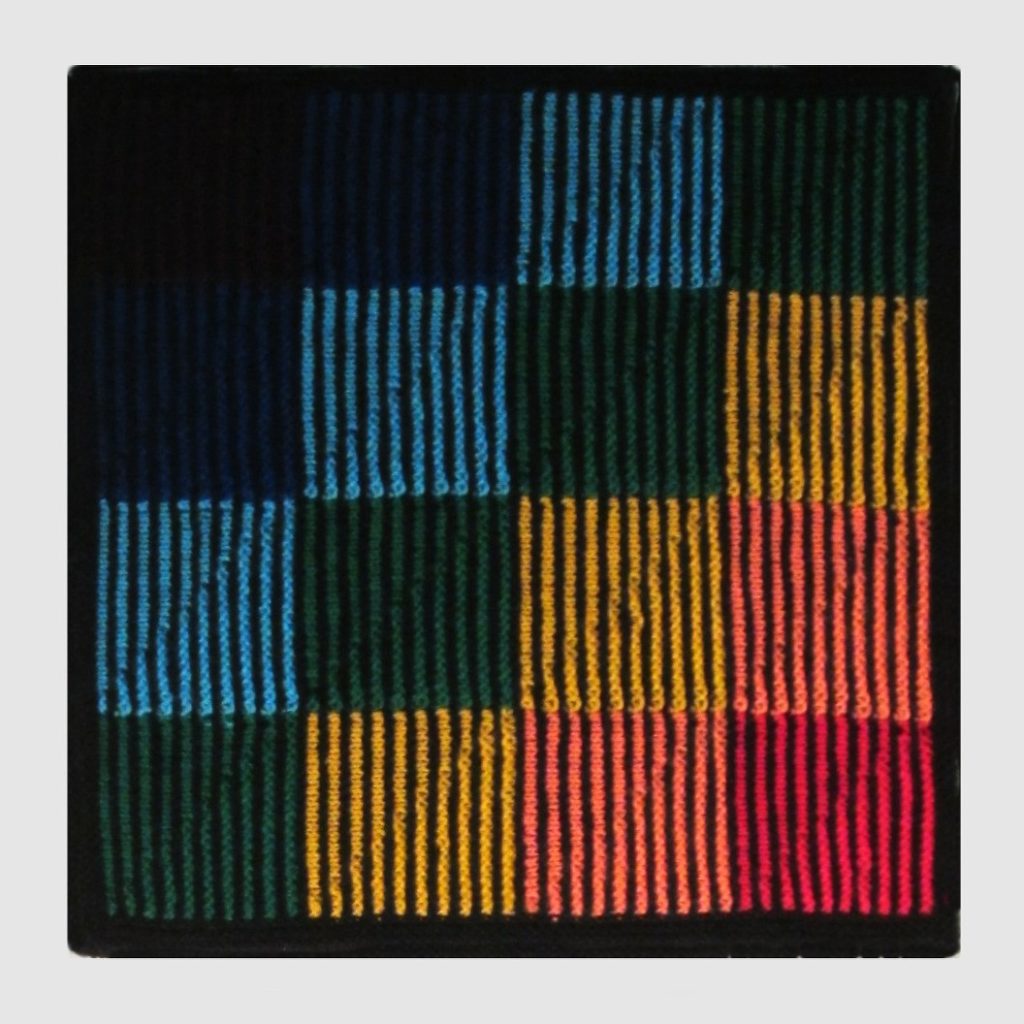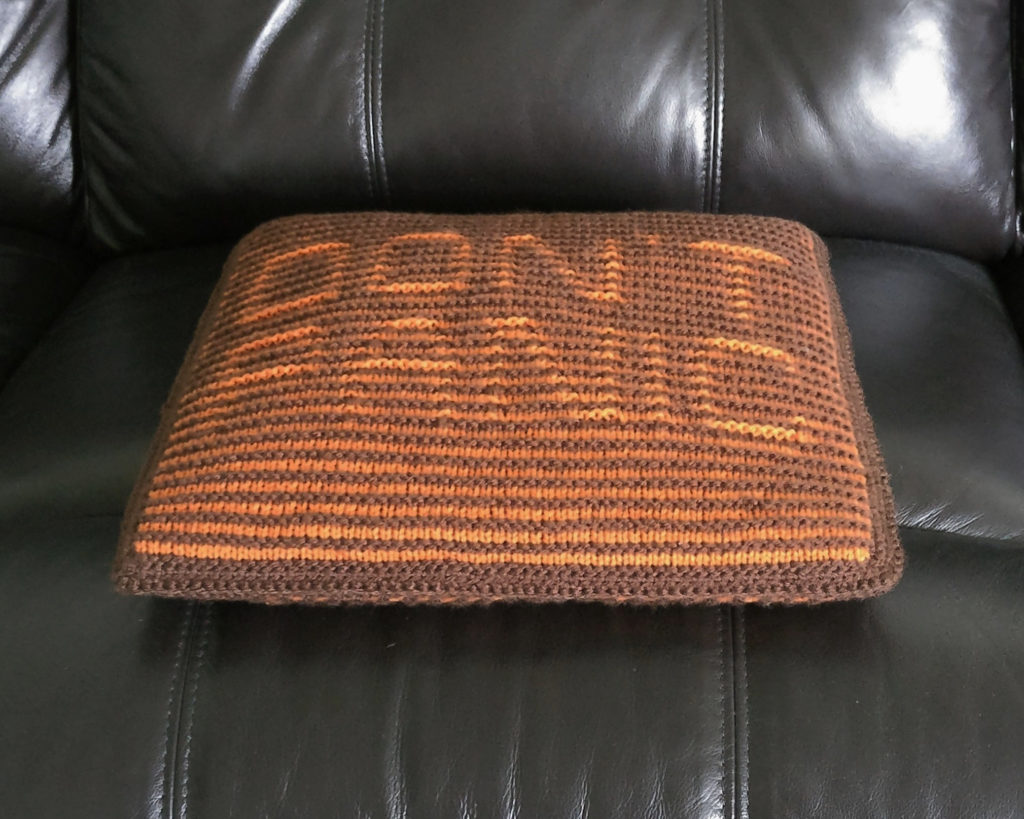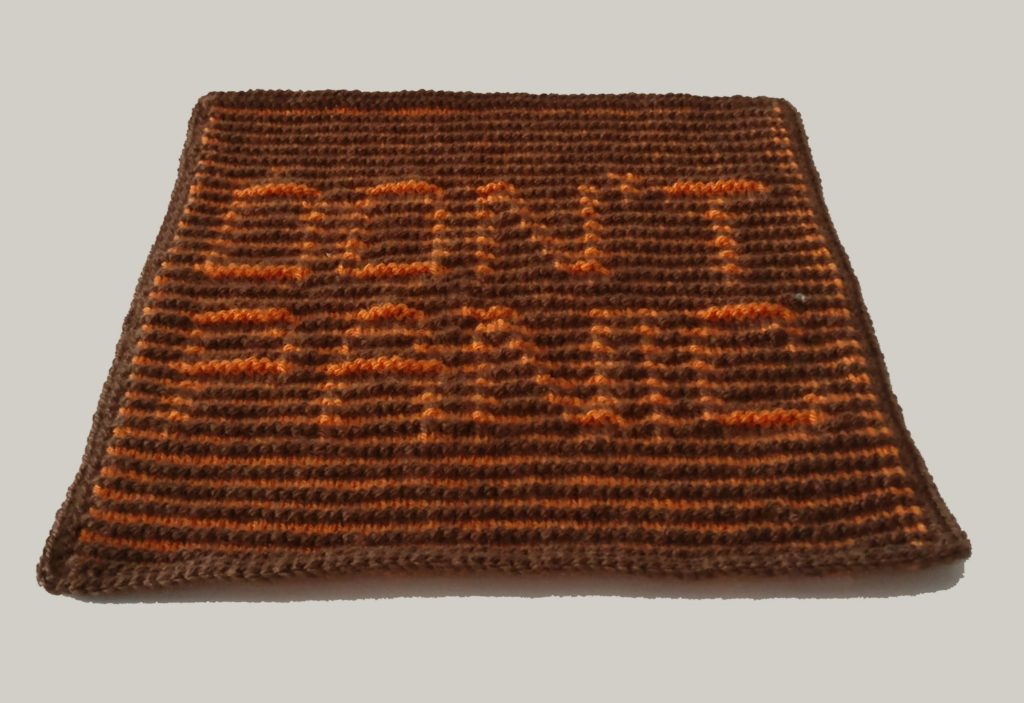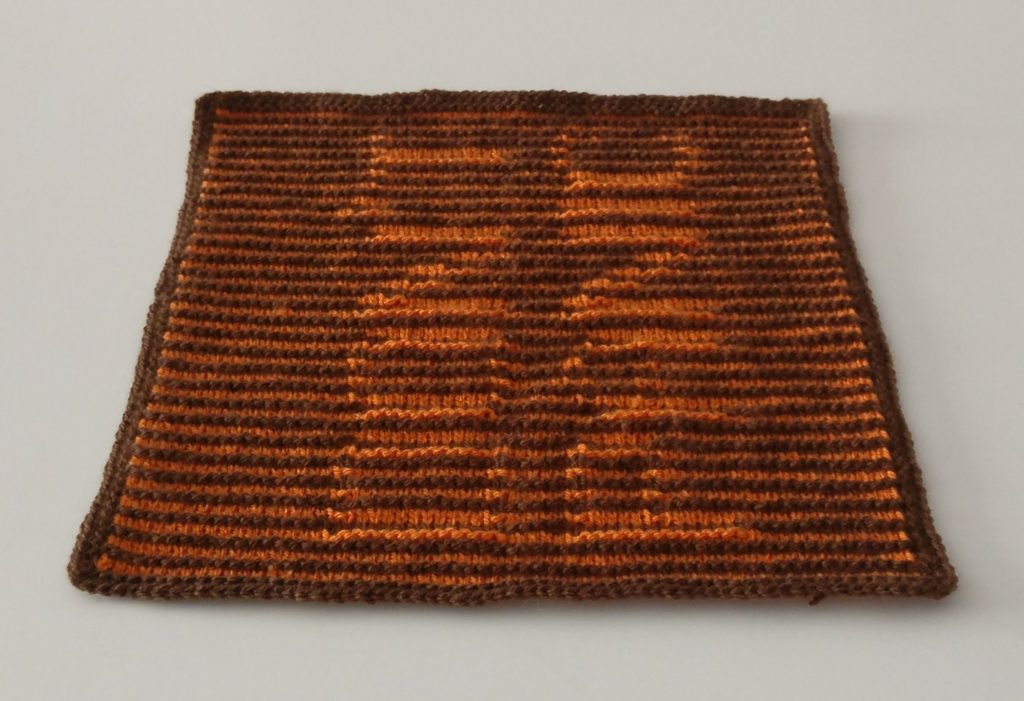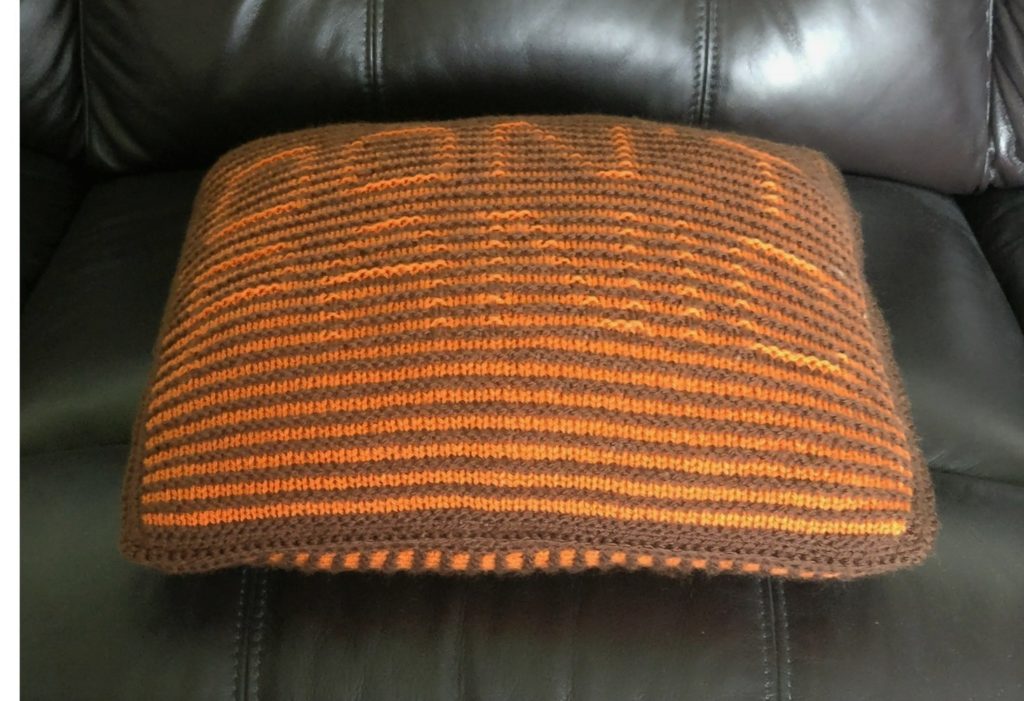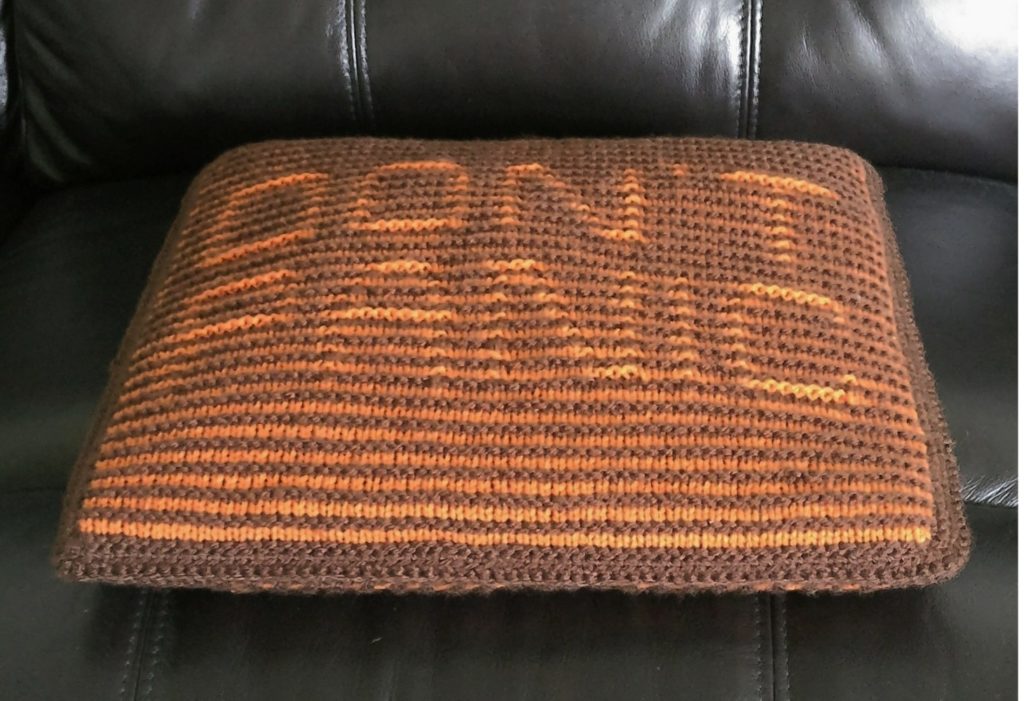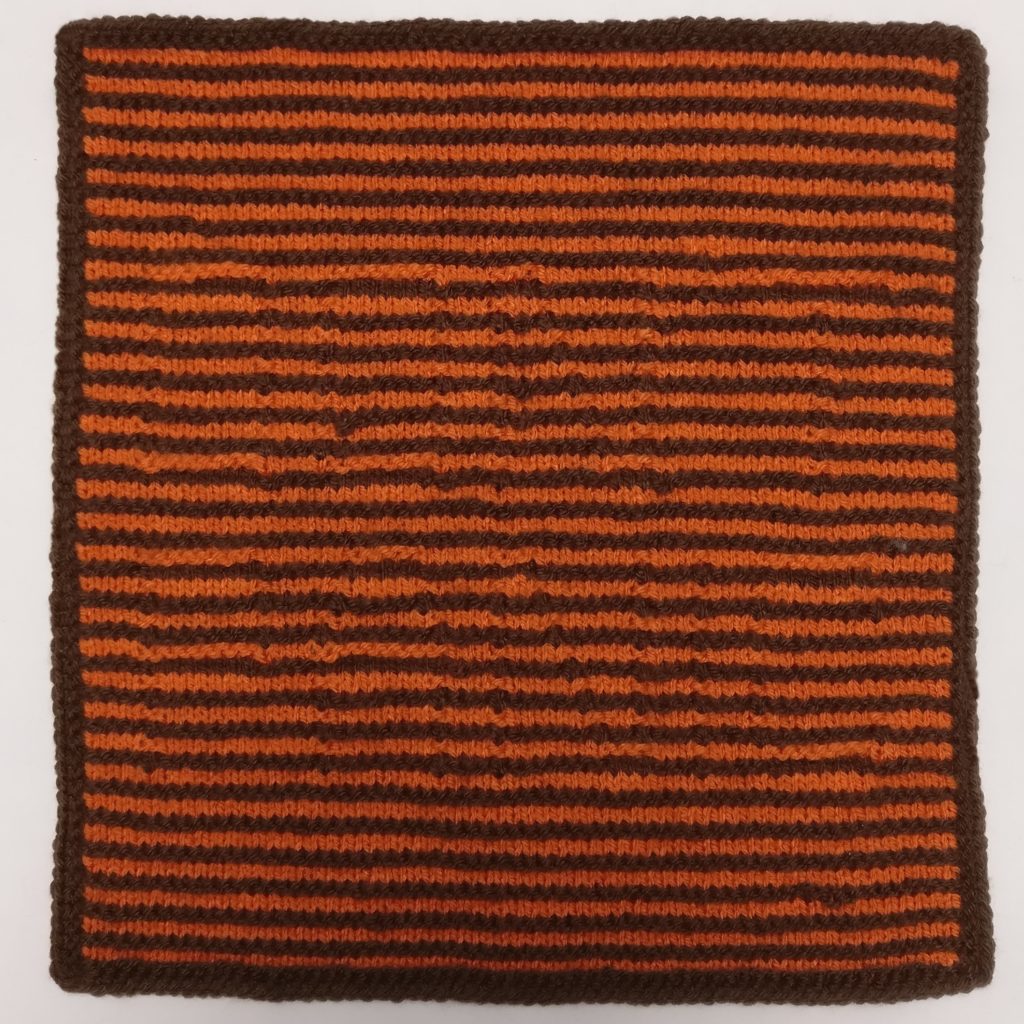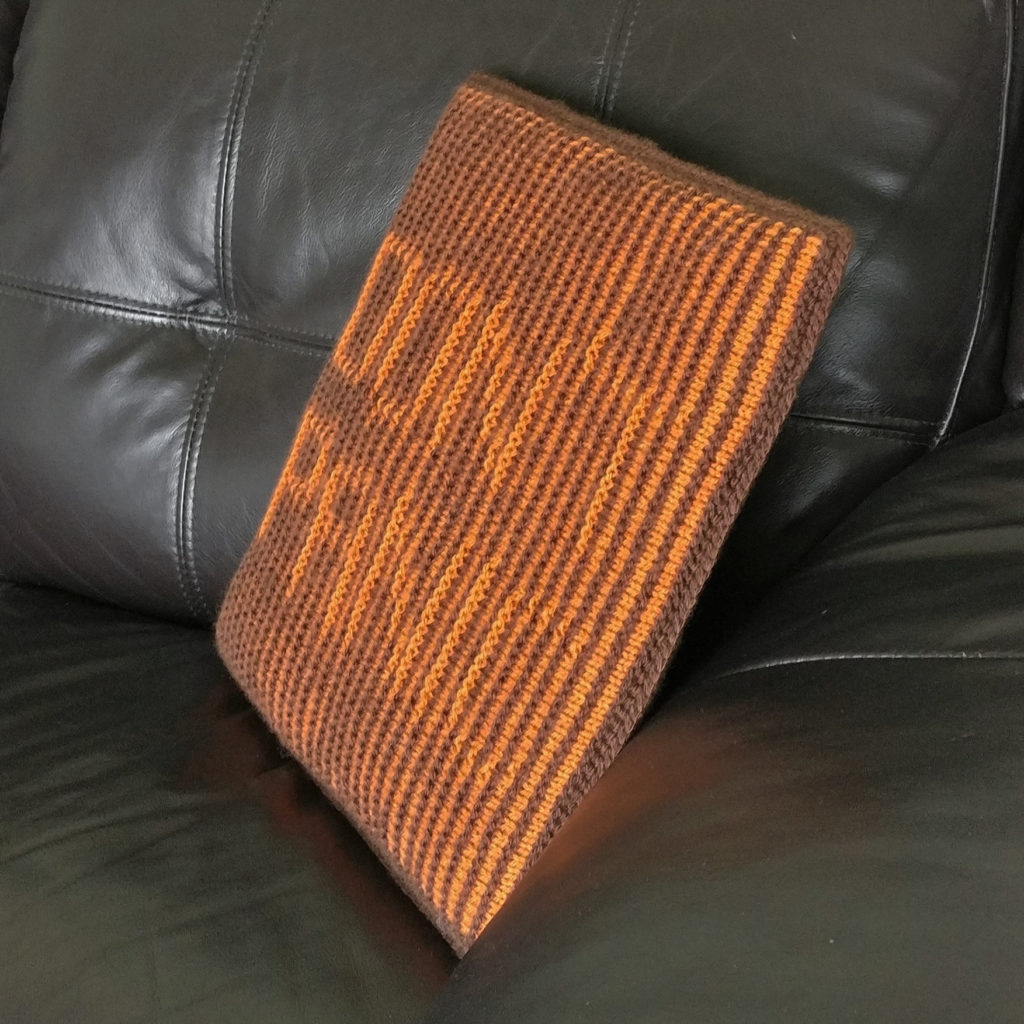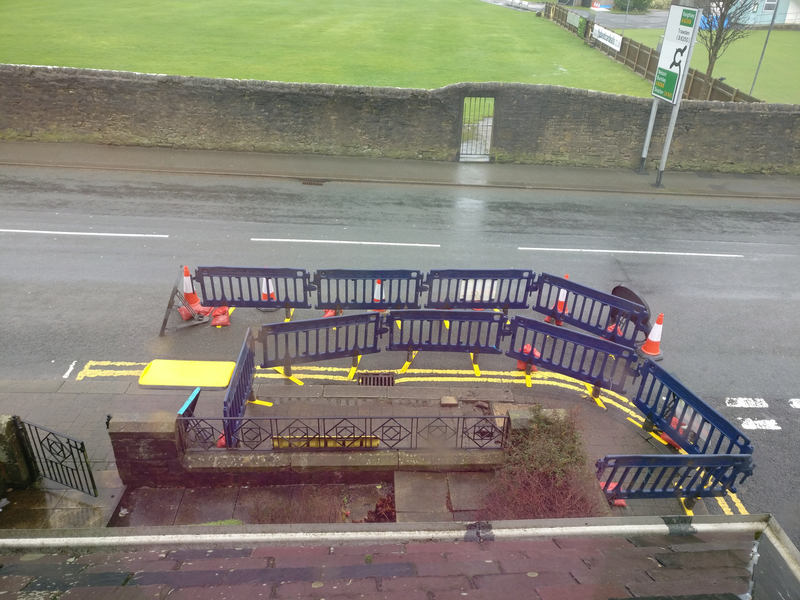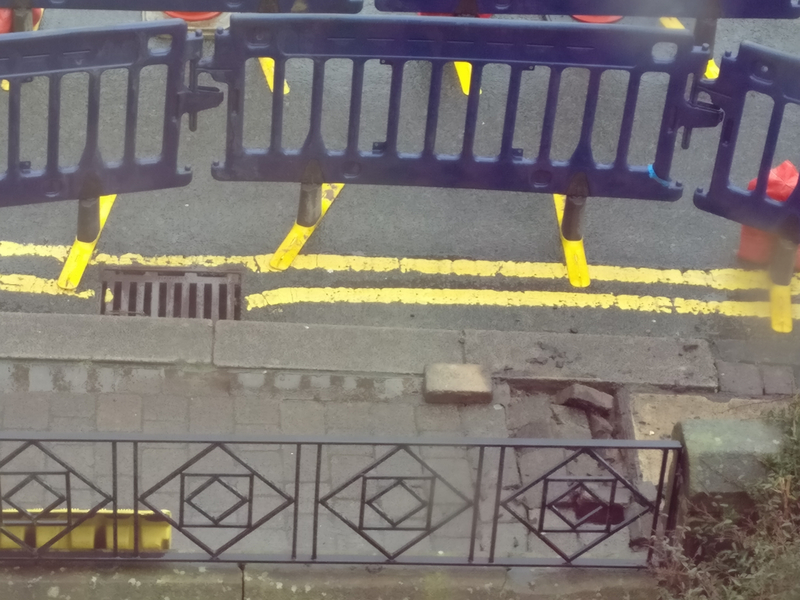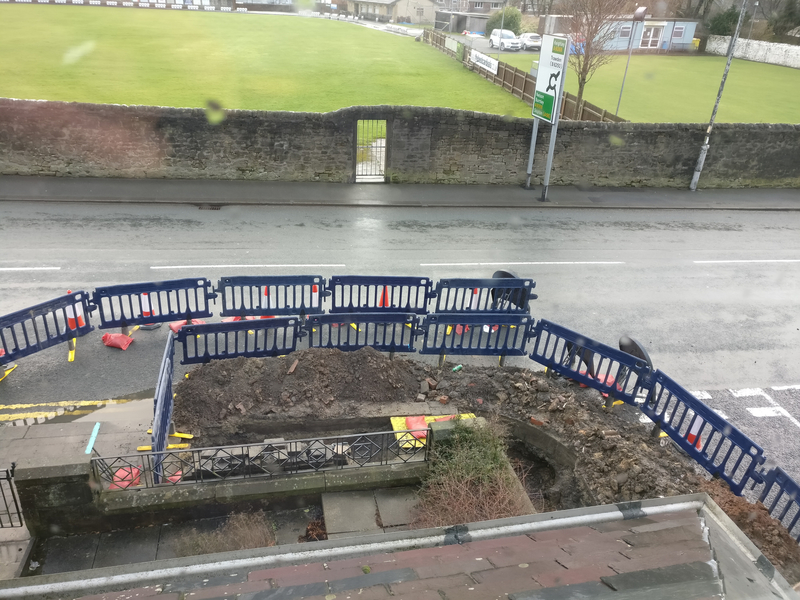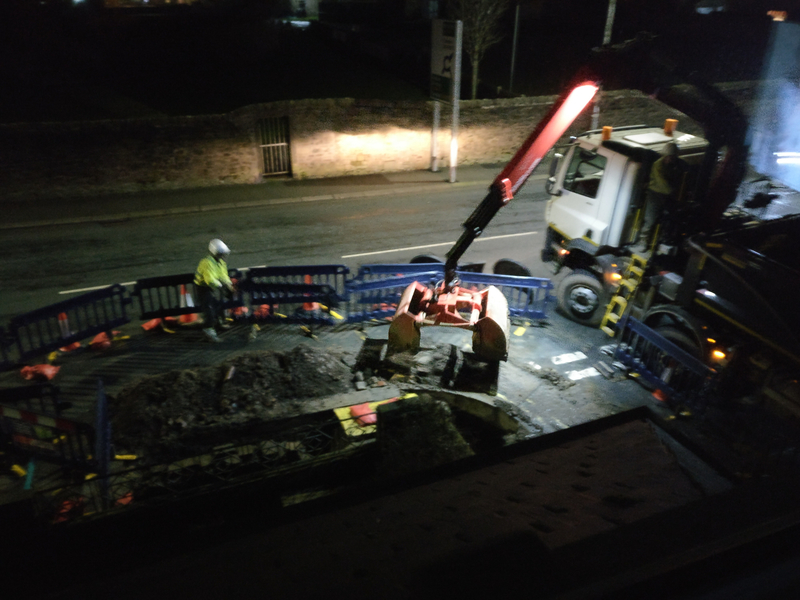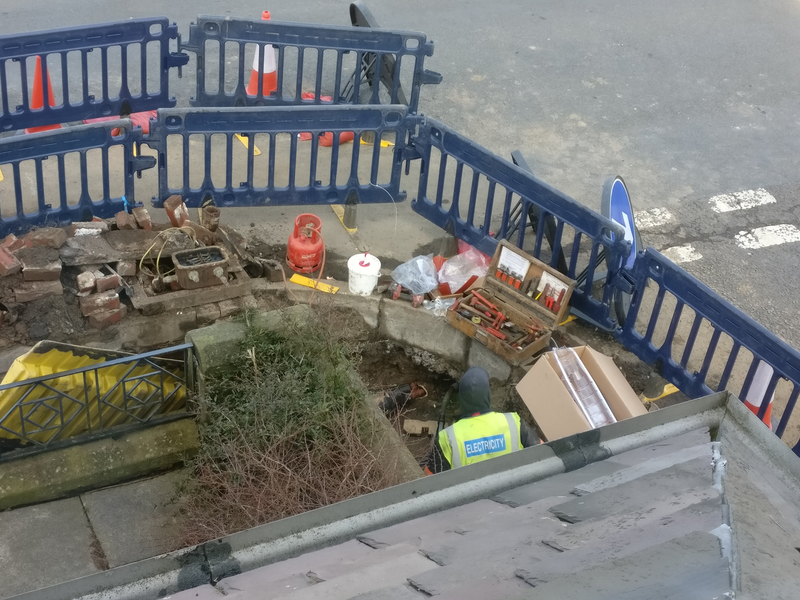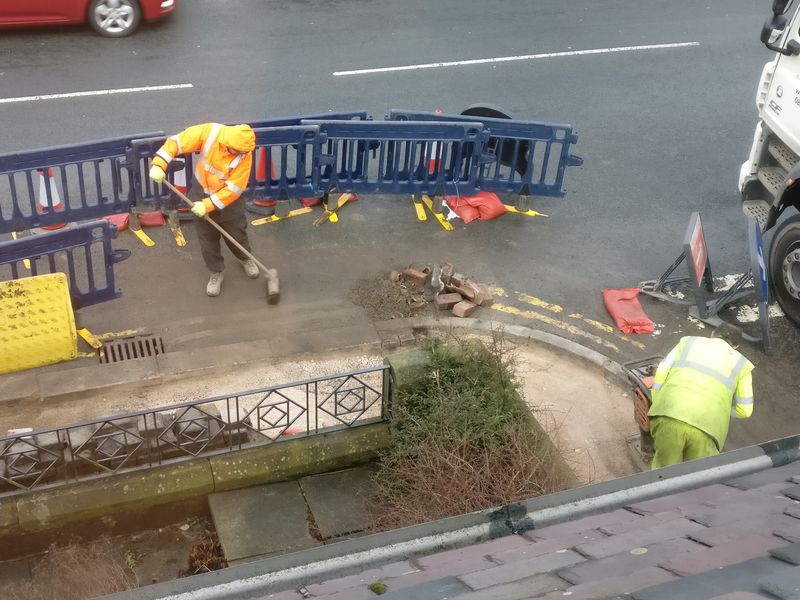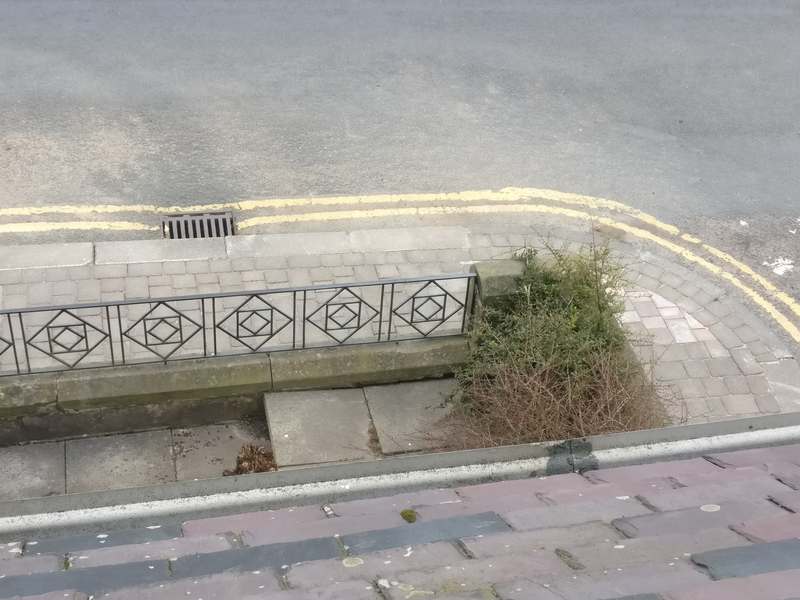In a normal year The Math-Off is a best-of-three, knockout, event that takes place on The Aperiodical website for the whole of July. It usually involves 16 people. The aim is to present bits of fun, or stimulating, maths to entertain, puzzle, or provoke, not the kind of geometry or algebra you might have done in school. In the words of organiser, Christian Lawson-Perfect, The kind of thing that you’d tell a fun maths friend about when you bump into them.
But this year was different. Back in March, Christian had the idea to convert it into The Big Lock-Down Math-Off. It was a much more casual, open-ended affair. Anyone could send in as many pitches as they wanted and, every two days, Christian took two at random from the pile to face each other. Everyone was invited to vote for the bit of maths that made them go ‘Aha!’ the most.
Nobody knew at the start how long the lock-down would go on. It ran from April 11 until June 3, and covered a huge variety of topics. You can still read all the pitches. Click here for the first match.
Running alongside the ‘serious’ Math-Off there was also The Big Lock-Down Math-Off Online Sticker Book 2020, created by Matthew Scroggs, Now, in July, it has taken on a life of its own and is still continuing.
The idea was for people to collect, buy and trade virtual stickers, like the stickers you used to collect as a child. The stickers were all related to the pitches in the Math-Off competition. Matt had done something like this last year but the circumstances were very different then. Everything was planned from the start to fit in with the structure of the competition. This time the Math-Off had no real plan so the sticker book had to be make-it-up-as-it-goes-along. Nobody envisaged that the lock-down would go on for so long. I cannot even begin to imagine how Matt managed to keep one step ahead and keep hundreds of people involved and entertained for over three months (and it is still ongoing).
Everybody was given one pound of imaginary money each day (£i). The money could be spent on buying stickers in the village shop. (The beginning was a long time ago so the details are a bit vague now.) In the earliest days there were 23 stickers to collect and there were a few different villages where you could buy them. You could walk from one village to another but then not walk again until the next day because you were ‘too tired’. Duplicate stickers could be swapped with friends.
As the days went by, more locations were added, there were more stickers to collect and everything started to get more complicated.
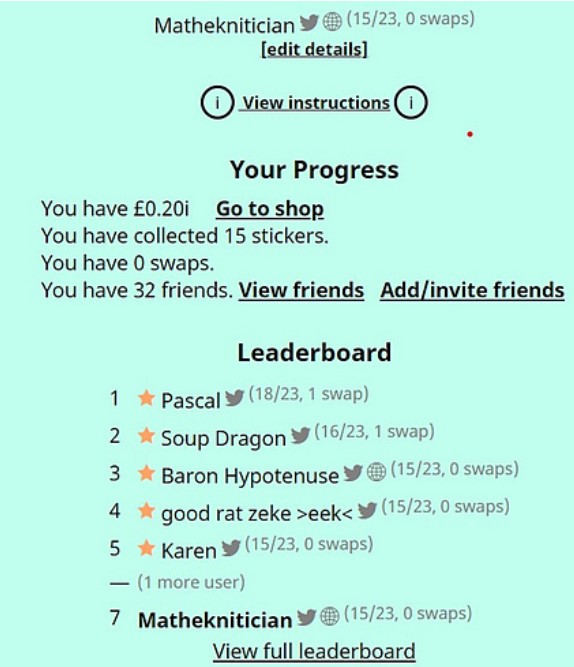
The Definition News kept people up-to-date with information about the Π∋∋ Sticker Company. Its reports were written by Liz Windxor. (The sticker book name is a pun on the old Panini sticker books.)
There is a website called Ravelry.com. It is primarily a database for knitters and crocheters but it also has a social media aspect to it. Woolly Thoughts has a very large group of people who are interested in the kind of mathematical knitting we do. In addition to the knitting stuff, we have always used the group to introduce mathematical ideas and events to its varied members. Over the years it has acquired many members who are not knitters and are just there for the Maths. We started a new thread about the Math-Off and the Math-Off Sticker Book. It was kept up-to-date with all the matches, voting, winners, etc. but the ‘serious’ side soon got swamped with posts about stickers. The two topics were separated for the sanity of those who didn’t want to be involved with stickers.
Generation 2 stickers arrived on April 13, taking the number to 79. Ten days later Generation 3 added 32 more stickers. On April 26 Generation 4 stickers were released but the Definition Village News was beginning to report political in-fighting between villages and weaknesses in the sticker company, making it more difficult to obtain some stickers. (The problems with Gen 4 seem to have persisted long after other generations were released.)
As people travelled from one village to another parts of a map were revealed. Different shops were selling different packs of stickers. It soon became obvious that not everyone was seeing the same parts of the map. I decided to start with what I had seen myself and began a rudimentary map and a list of what was available in each village. Other people were then able to add what they had found on their travels.
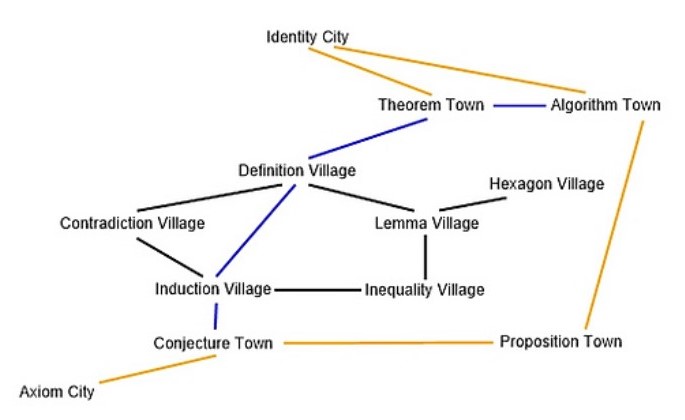
Expensive bus routes and very expensive train routes started to appear. It began to look as though there was a circular train route running all round Approxfordshire. This proved to be the case. There were seven towns on the circular route and other criss-crossing routes. There were also bicycle routes. A bicycle cost an extortionate amount of money but some people got lucky and found vouchers for them in prize packs of stickers so then it was just a matter of finding a town where you could exchange the voucher for a bicycle. The map was getting very complicated so I delegated the map-making to one person and the ‘shopping page’ to another. These two dedicated workers did their utmost to keep track of all new information and changes.
By mid-May things were changing dramatically. There was an alien invasion when 17 strangers suddenly completed sticker books and took over the leaderboard. This was quickly dispelled. Generation 8 stickers were released, again with political arguments – and a dragon sudddenly appeared. It was even rumoured that a reporter from Corollary City had been eaten. People were afraid to go near the dragon but, thanks to acts of collaboration, it was eventually slain. I do not know whether the nearby town was always going to be called Collaboration Town or whether it was named in honour of the actions.
Around this time the Woolly Thoughts group on Ravelry had a sudden influx of new members. Many of these were directed there by Matt who had been a member himself for a few years. Some people felt it was a bit like cheating to use information that had been collected by others but Matt was happy to point them in our direction. I think it made his task more challenging and he had to work even hard to stay ahead of the hive mind. I guess he regarded this as a good thing. Inevitably, there were a few minor snags and discrepancies but these were all dealt with very quickly. Conversations on Twitter were also ongoing. The Dragon and Liz Windxor, and maybe others, had their own accounts.
Everyone had an avatar on the map that they could customise. Matt made a cross-stitch version of his.
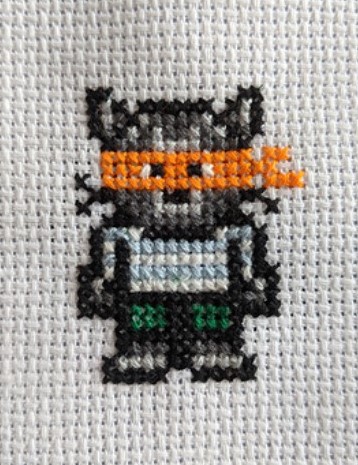
Later in the month Auction Houses and Trade-in Centres started to appear in the cities and there was a Merchant in Collaboration Town who would pay for particular items to be collected and brought to him. There were also travel cards.One of these made all train journeys free. At some point Puzzle Village appeared and, if you were within travelling distance you could go there every day to solve a mathematical puzzle. The puzzle took the same format every day though some were surprisingly tricky.
By the beginning of June we had Generation 10 and the pricing structure for buying stickers was getting more and more complicated. The Final Generation appeared on June 11. We also heard mention of motorised electric bicycles. Nobody knew how to get an electric bike so I tentatively asked, on Twitter, if anyone had any idea what might happen if 20 bicycle vouchers were taken to a city. Would they be traded-in for £0.20i like other stickers or would something else happen. One person thought there was only one way to find out. She gave me a bicycle voucher and several more followed. When I reached a city, there was a notice to say they could be traded for an electric bike.
An electric bike was a wonderful thing. New short cuts suddenly appeared and existing bike routes could be used without getting tired. With a travel card and an electric bike it was possible to go to a large number of places at any time.
Eventually there were 566 stickers and some complicated hurdles to jump to get them all. So far about 20 people have managed to collect all the stickers. Many of them have become so addicted they are still playing and are continuing to acquire money in various ways to pass on to other people.
I made no secret of the fact that I had more than one sticker book though did not originally reveal my other identities. There was nothing in the rules to say you couldn’t have more than one identity so several other people did the same. It was easy to join with different identities by using a different device or different browser.
My second identity was something of a recluse. For a very long time I did not ask to be friends with anyone else and did not ask to swap stickers with anyone but I did accept when people asked me to be friends or to swap. I was surprised how many stickers I acquired this way. After my real self had filled the sticker book, I changed tactics and made more effort to collect stickers. Identity 2 only had 60 friends whereas my real self had 84 (and could have had more).
My third identity didn’t set out with a purpose but after a while a journey opened up which involved taking a very expensive flight so I decided to take it to see what opened up in the foreign country. It was good and bad. The exchange rate was good so it was possible to buy many more stickers but the range of stickers was limited. I had saved up and bought a train travel card before I went on the plane but there was nowhere to travel to in the foreign country. There was no accessible city so the perks of being in a city were lost. In a city batches of 20 surplus stickers could be traded in for money. Cities also had auctions where you could bid for some stickers that were not available any other way. When Identity 2 had nearly filled the book, Identity 3 decided to fly home and used the advantage of having two ‘friends’ with almost complete books to gather enough bicycle vouchers to buy an electric bike. This identity hasn’t finished yet but it shouldn’t take long.
The whole thing has been amazing. I am in awe at Matt’s ability to keep adding new things seamlessly. I feel sure there could not have been such a detailed plan at the start.
At the time of writing there have been 1792 posts on the Ravelry group.
Matthew Scroggs wrote:
As Pat correctly conjectured back in April, I was very much making everything up as it happened this year, and added features as I thought of them and/or felt like adding them. I’ve had a lot of fun watching people react to and engage with all the new features that I’ve added.
Thanks all for playing, it’s been lovely watching you pick your
colourful avatars, react to the Definition Village News, get lost in the forest, and run around the map desperately trying to buy 52,000 playing cards. I hope to be able to catch up with many of you in person soon(probably at Big MathsJam?).
Liz Windxor (Lead reporter at Definition Village News) sent a poem:
Today I swapped my five three four,
For my friend’s sticker five three four,
By magic two more five three four
Appeared, and so now have four.
Creative Crocheter wrote:
My strategy initially for what to buy was to track which generation I needed most (with a focus on obtaining the ones in which my 2 Math-Off matches appeared). I would plot out a route to locations selling those, spending pretty much every cent as soon as I could. I had abysmal luck with the prize packs, so stopped buying them until people started reporting that they were getting hedgehogs and travel cards as prizes. When I’d accumulated enough to buy a travel card, I had enough extra to buy one more prize pack – and won a travel card! So I quit buying prize packs at that point, since others reported that additional travel cards were not swappable.
In terms of swapping strategy, it was pretty easy when everyone had different swaps and I needed a lot. I’d look for those with something I needed who also needed something I had, with a focus on my current generation of interest. Others appeared to care about whether an offered sticker was as “valuable” as one being offered. To me money spent on stickers was a sunk cost, so I only paid attention to their cost when swapping with those who appeared to care. As I got more in each generation, I did try to offer swaps in the same generation, though that was usually not possible.
Once I had the travel card, things picked up, as I could work the puzzle between shopping excursions. I was saving up to buy sufficient bicycle vouchers for an ebike when VERY generous swappers gave me enough stickers to go to Celebration City! Since the reports were that ebikes were cheap there, and that the toll road to get there demanded anything in excess of £4i, I quickly spent down my cash to just under that amount, hustled in and bought the ebike. At that point I needed very few stickers and had a much easier time retrieving the merchant’s requests. So it didn’t take long to accumulate enough to buy a final sticker pack – which had the only one I hadn’t already been generously given in swapping! So now I’m saving up for the expensive final sticker, which I can afford as soon as the merchant pays me for the item I’m carrying (100 copies of Woolly Thoughts).
Lots of sticky notes “died” in the service of tracking what percent I had in each generation and plotting out plans for where to go and what to buy next. FennekLyra’s map was invaluable and being the “shopping page guide” gave me a place to record what I’d be tracking anyway. I can’t imagine how participants like Luna got so much cash and so many stickers so fast without that type of information being shared by others! I hope you’ll get that story.
I never did venture into The Forest, since by the time I was ready to focus on the special number stickers I hadn’t gotten by swap, I had an ebike and the location stickers (thanks to generous and intrepid explorers). Given how much time everything took, I doubt I’d be this close to finishing if I hadn’t taken time off work the last 10 days! I also owe a big debt to some tips on how to get started solving the puzzles. After that, I only had trouble when I miscopied them (the addition and division signs were impossible to tell apart on my screen unless I enlarged the font size a lot) or missed a combination in my table of possibilities (starting from a different point usually got around that).
I’ll be interested to hear others’ approaches and how much the Twitter feed and other collecting of group intelligence played into the meteoric success of the top 4 finishers!
Peter Rowlett wrote:
One of my favourite things that happened was the alien invasion, but how you explain that to anyone who wasn’t playing, I don’t know!
I think mathematically speaking the interesting pricing structures were fun. The price drop auction, the ones where the price was based on how many stickers/swaps you had and the random walk. Some interesting game theory in there.
Sharon wrote:
Can I just say that I initially just joined in out of curiosity and just planned to watch what was going on. However, I found myself looking forward to where I could “travel” to next each day. Pondering things like “Dragons on the road”, “Puzzle Town” and “How can I ever afford a flight?” have been a real diversion from Covid-19 news. I also have great admiration for all the skill and effort people put in to their individual pitches in the Math Off. It has been a pleasure. Love this little community. It is like a little bright light in the dark! Thank you, guys.
Sam Hartburn made this video to celebrate finishing:
Celebration and sadness. Several of the people who have already filled their sticker books are still going round buying up stickers for those who have not yet finished. I think they will be very sad when it all finally comes to an end. It has given a lot of people a lot of pleasure in times where they have wanted something silly, but challenging, to get involved with.
Thank you, Matt, from all of us.




